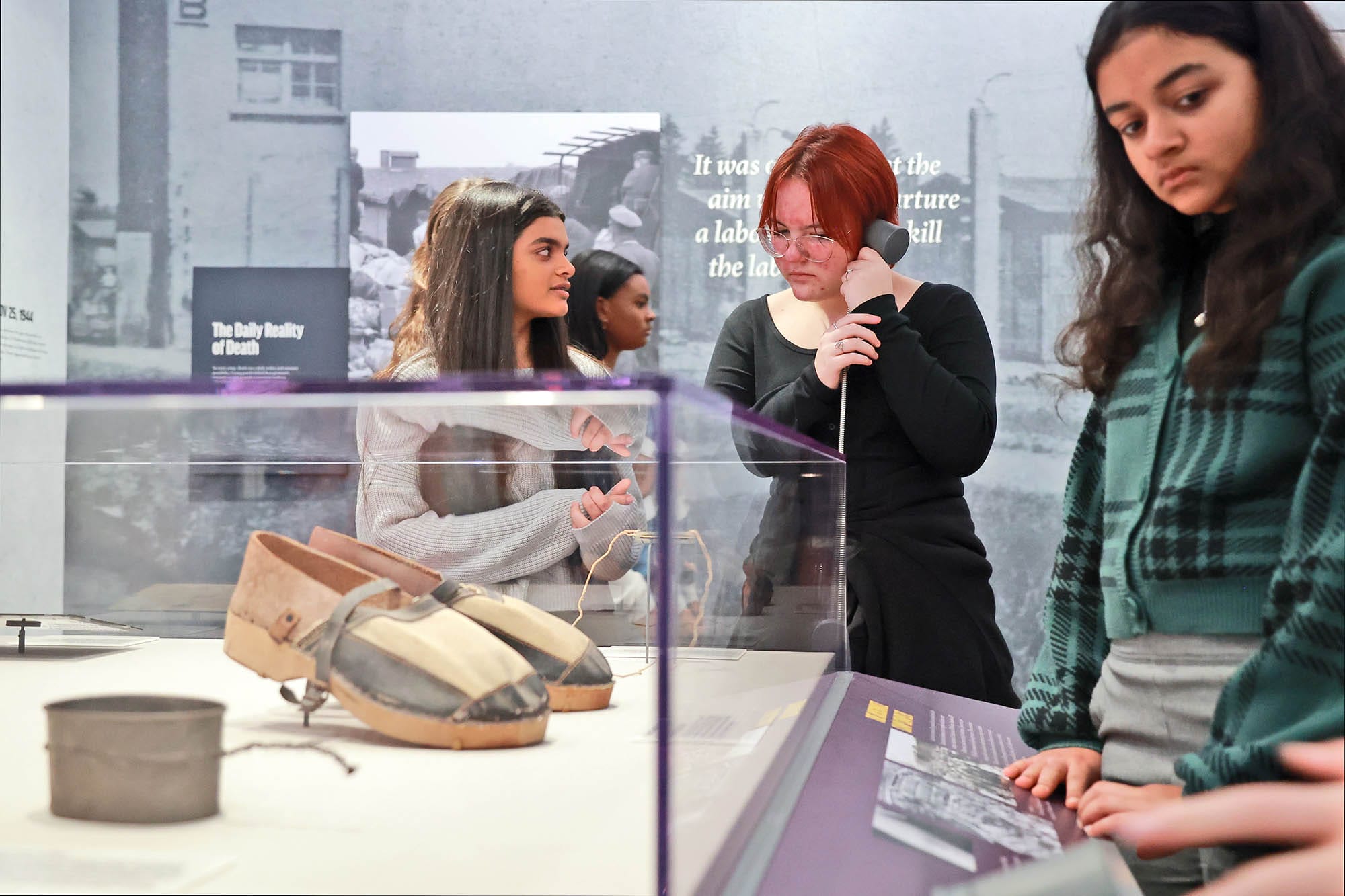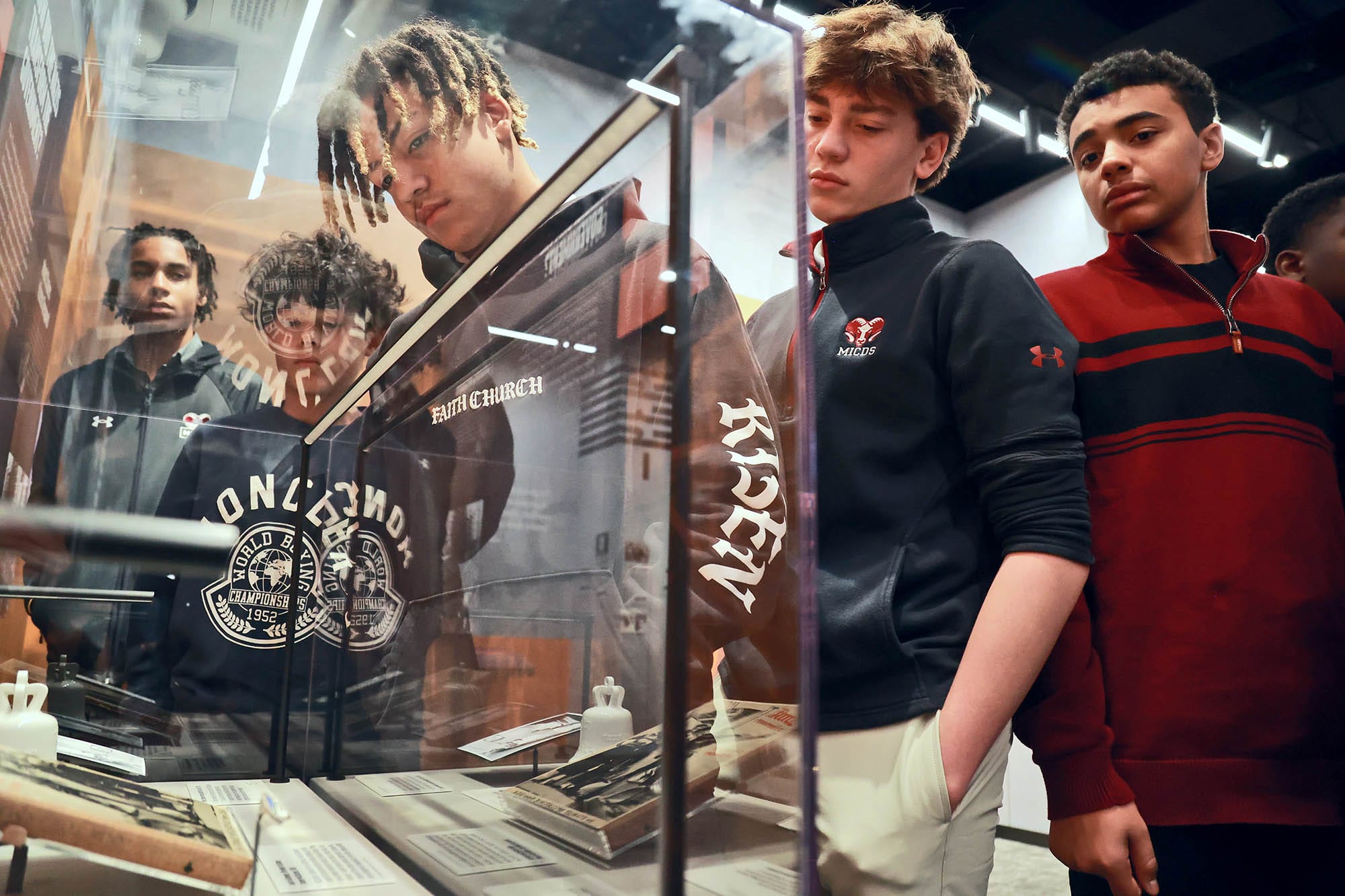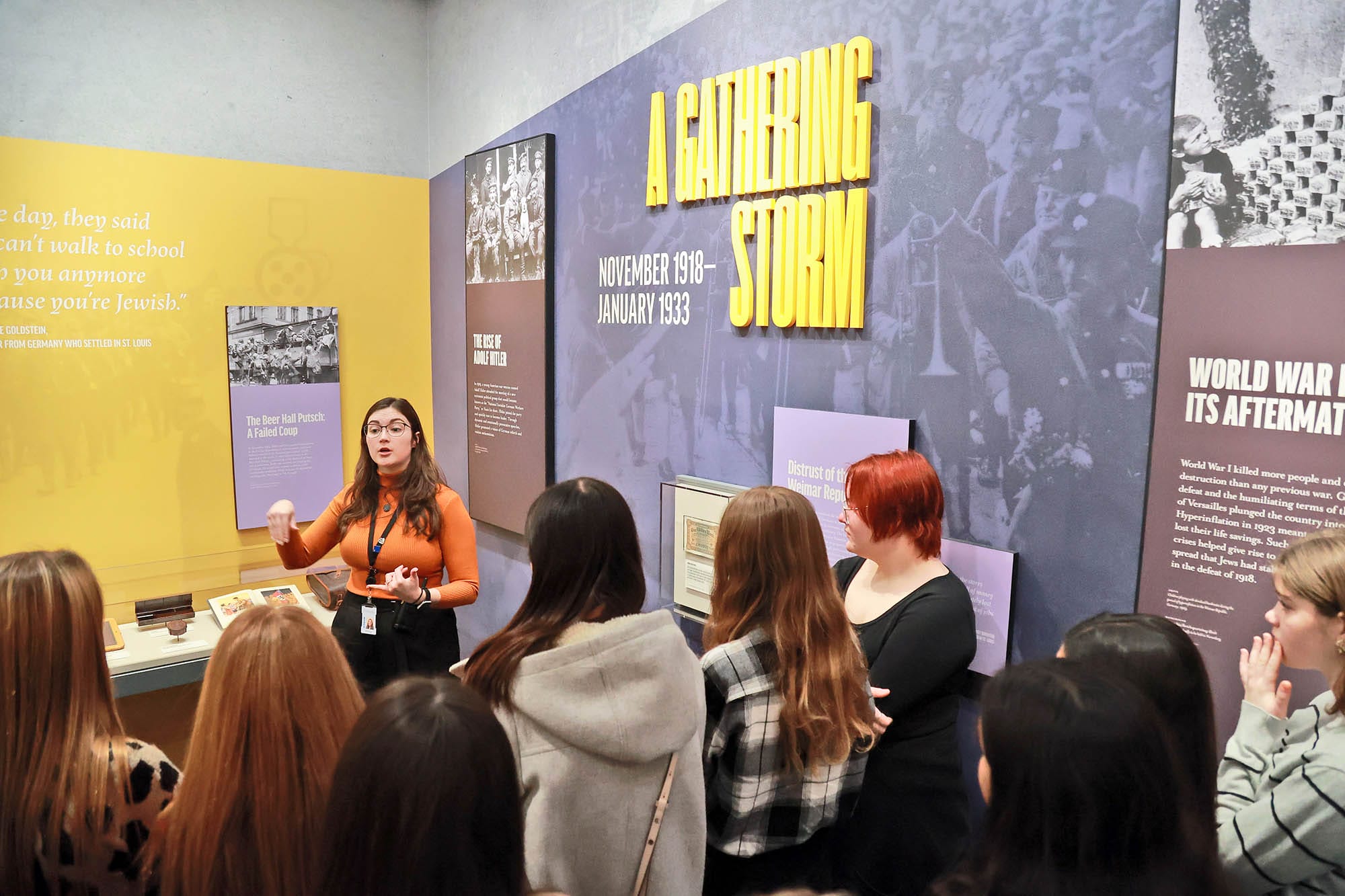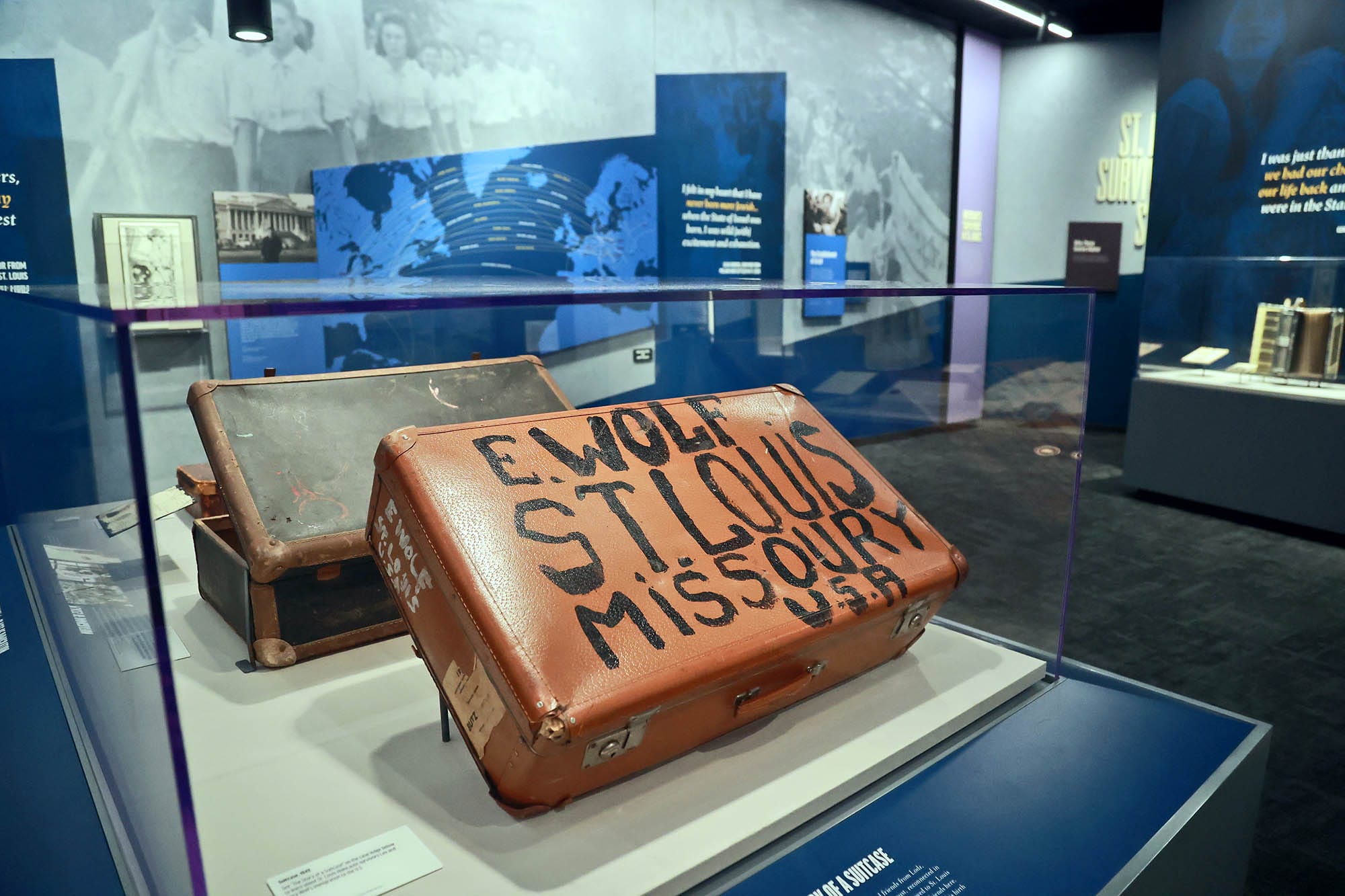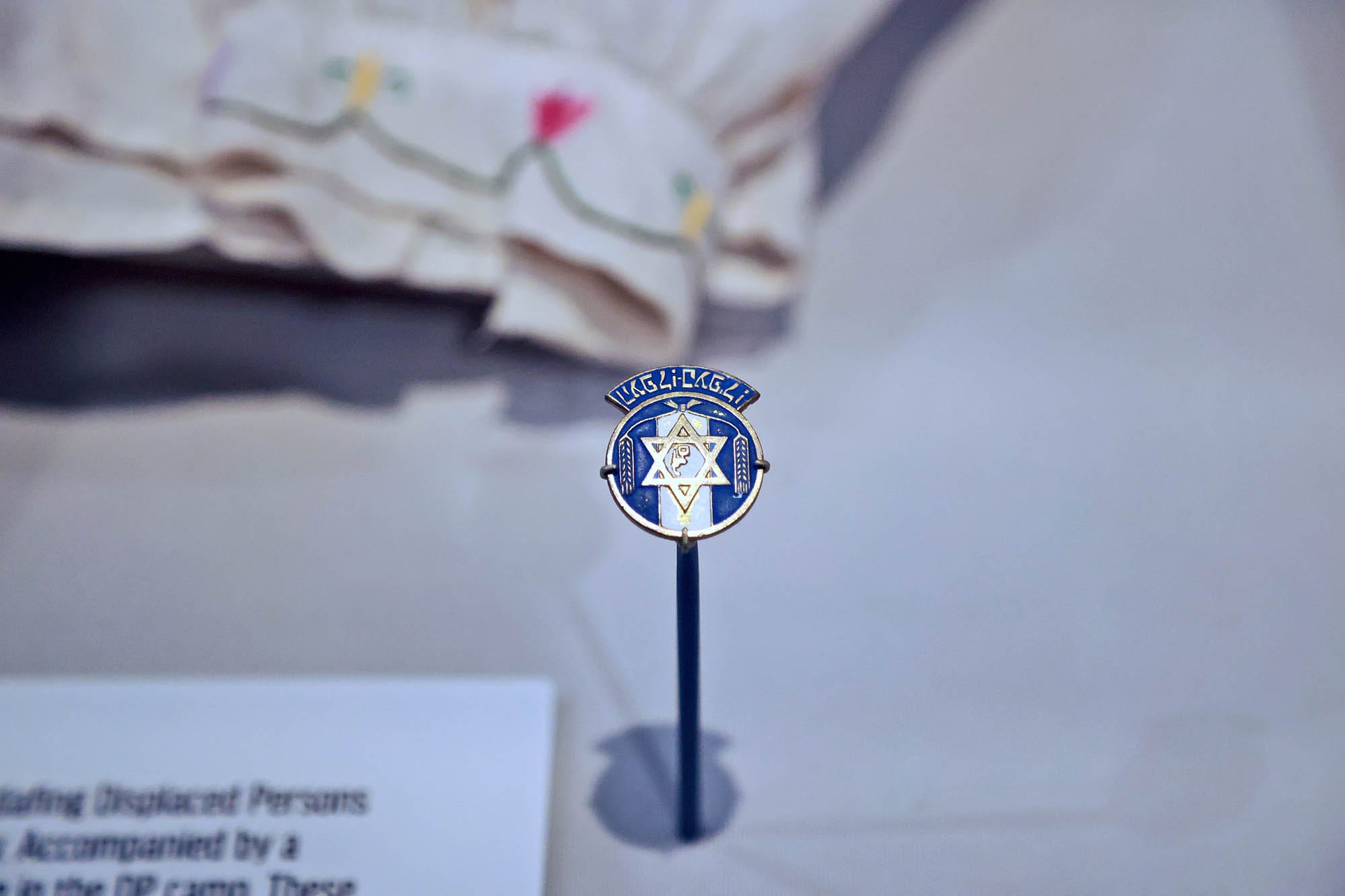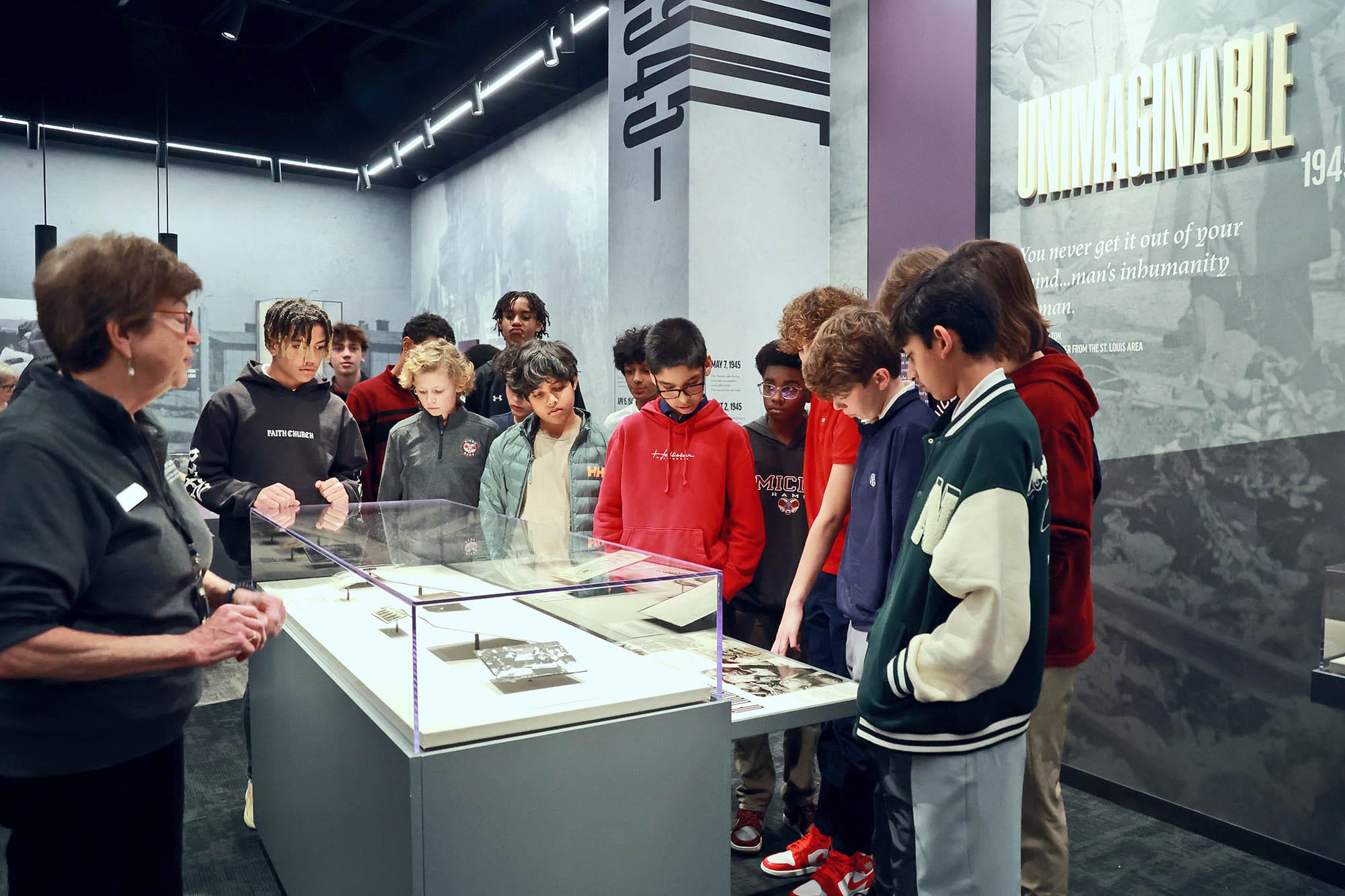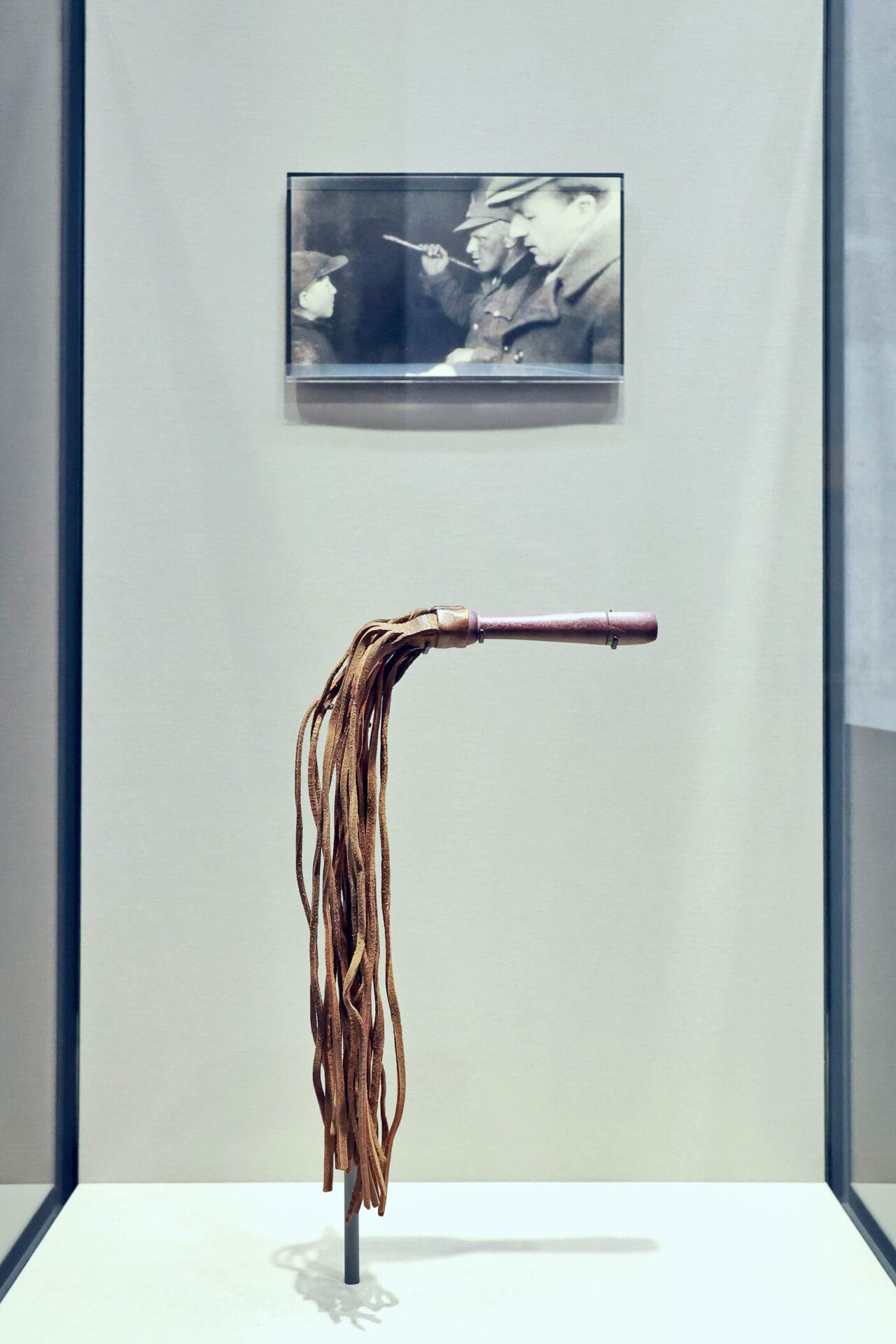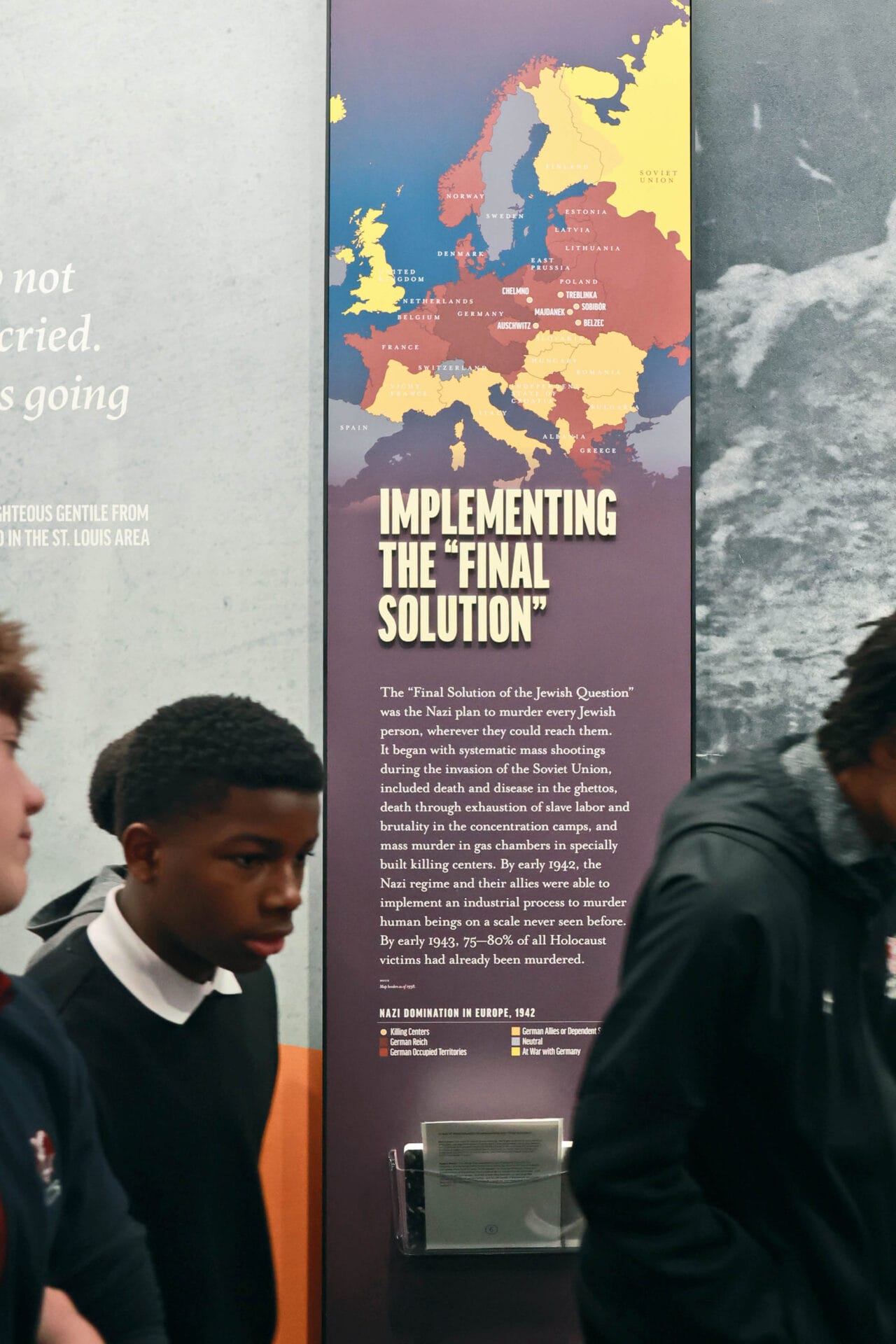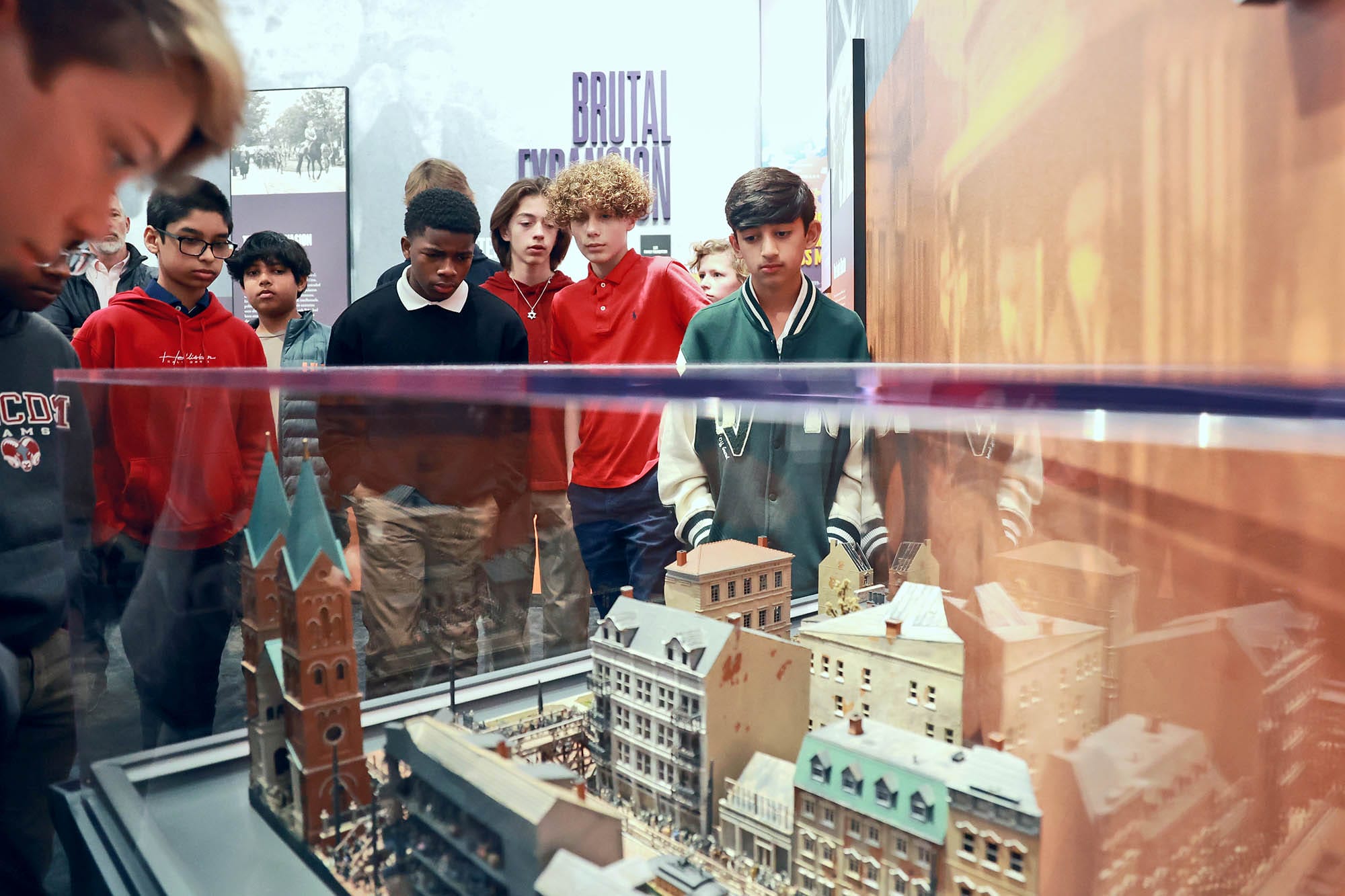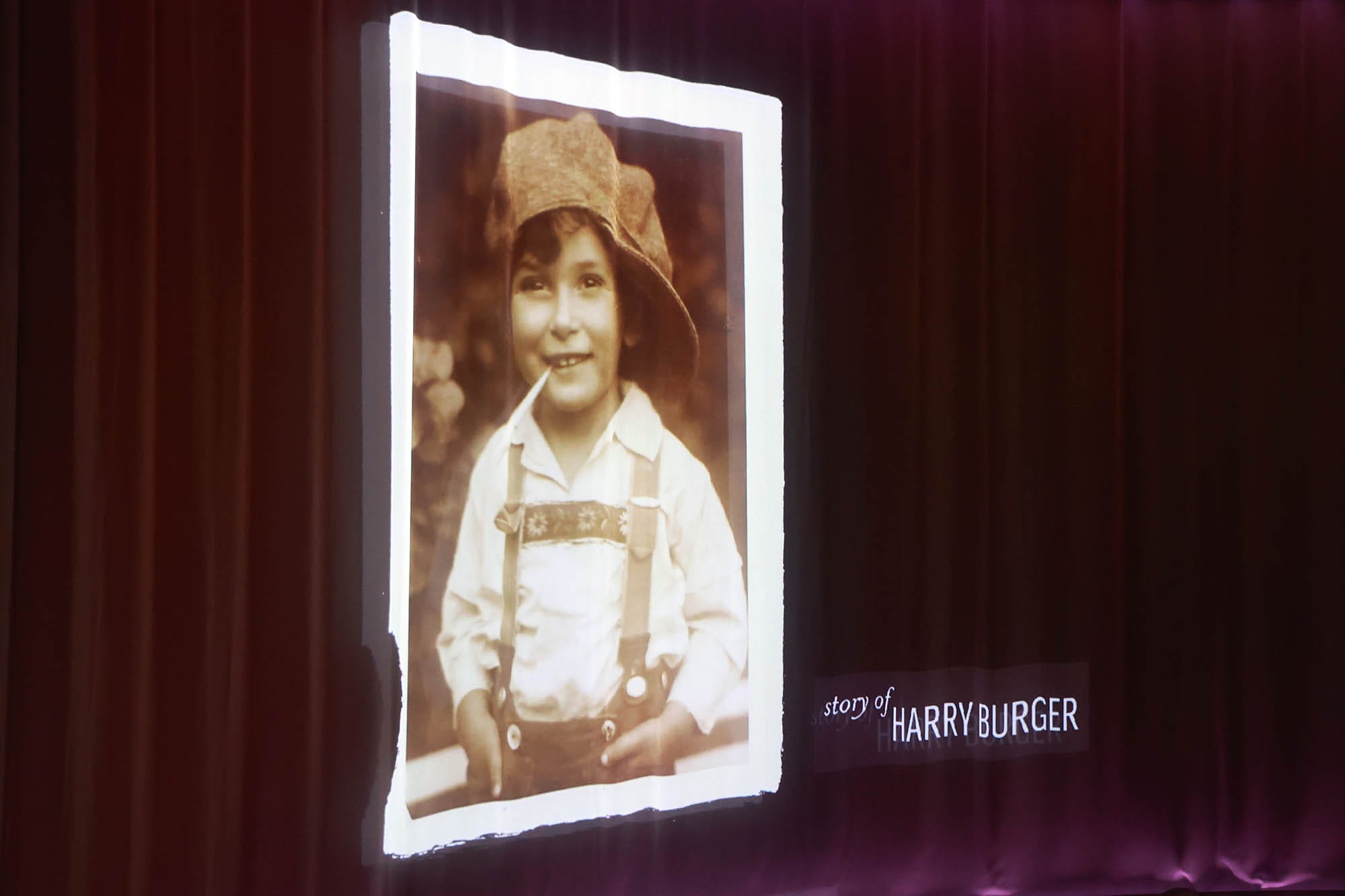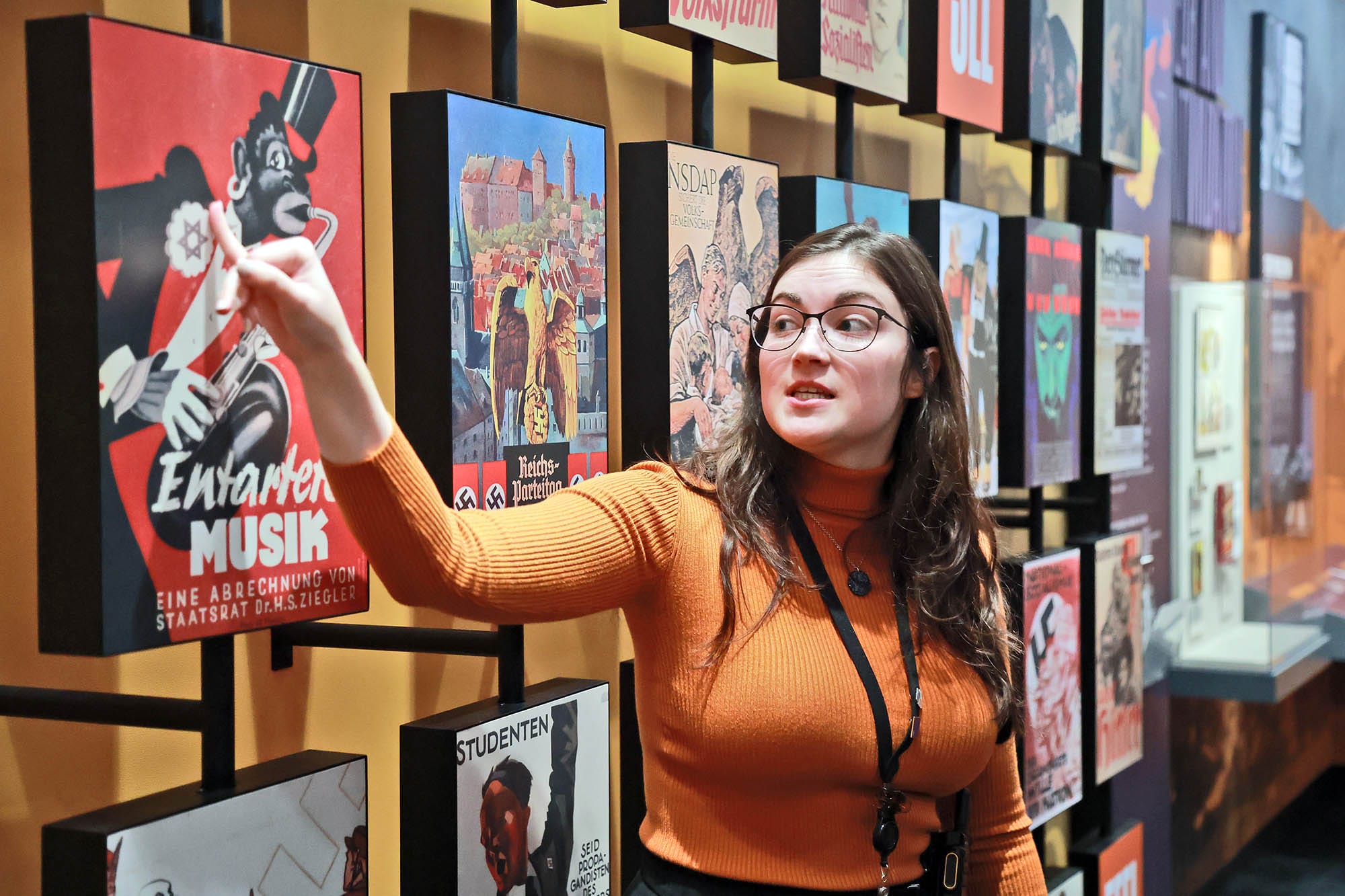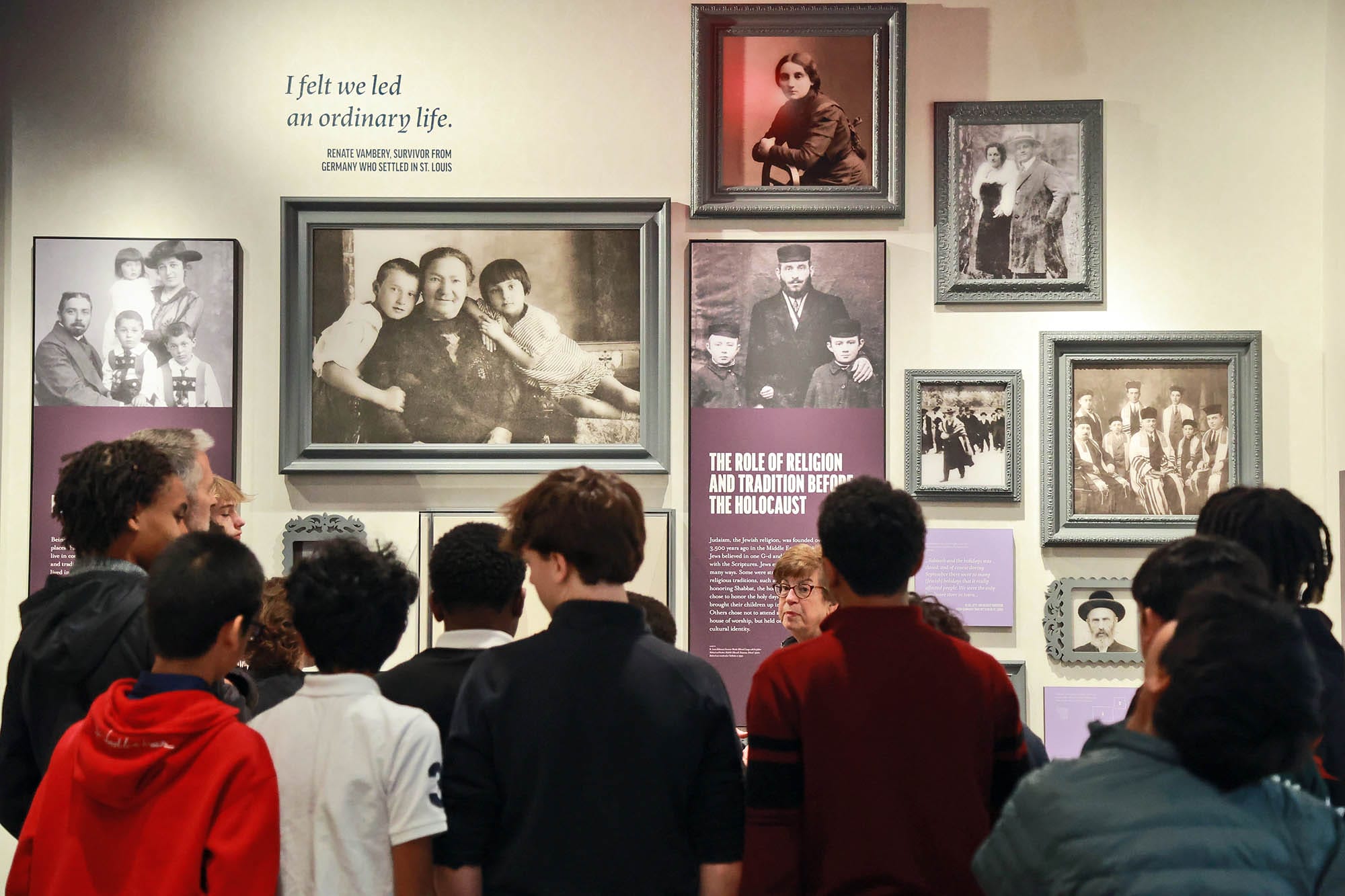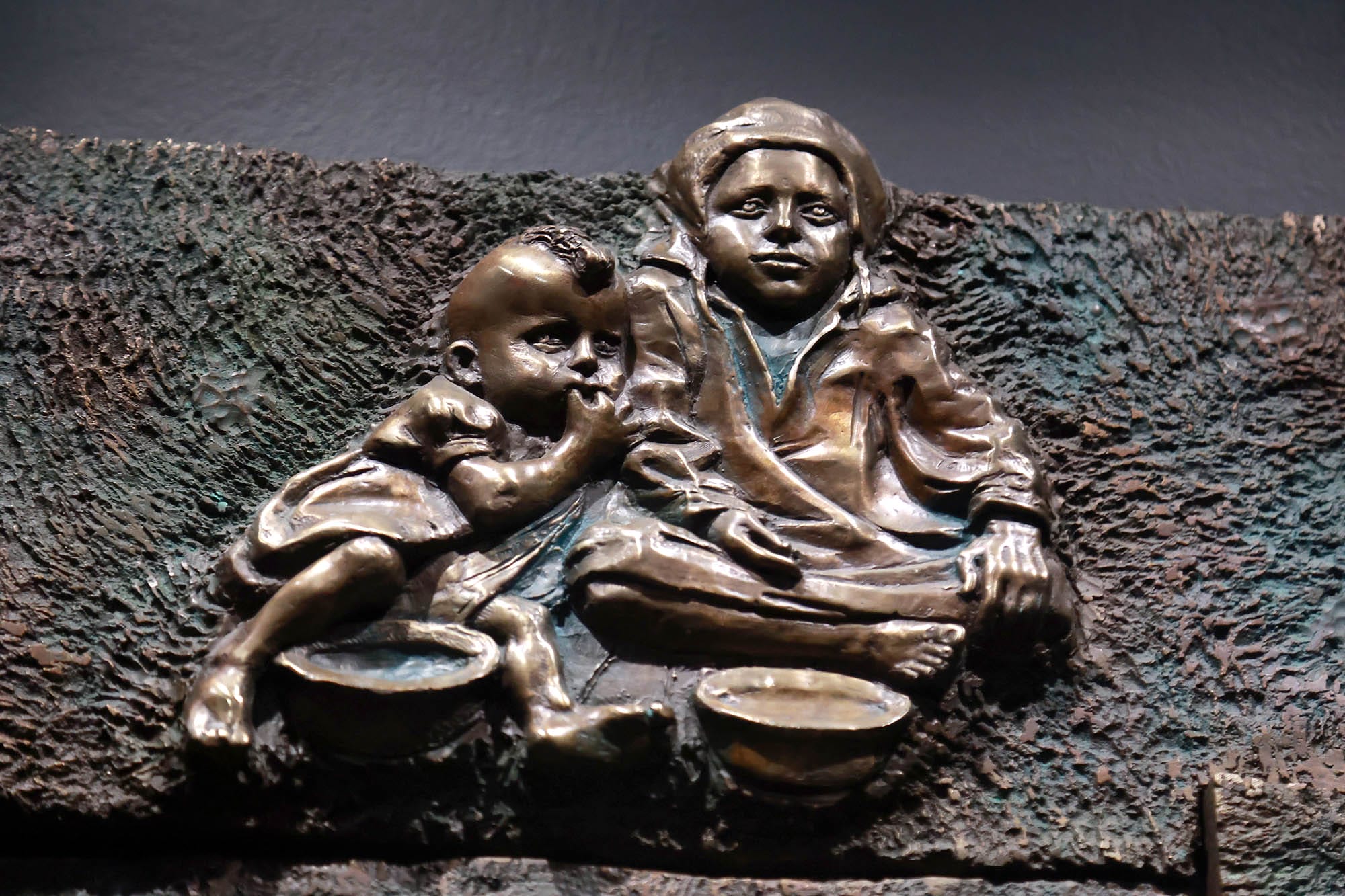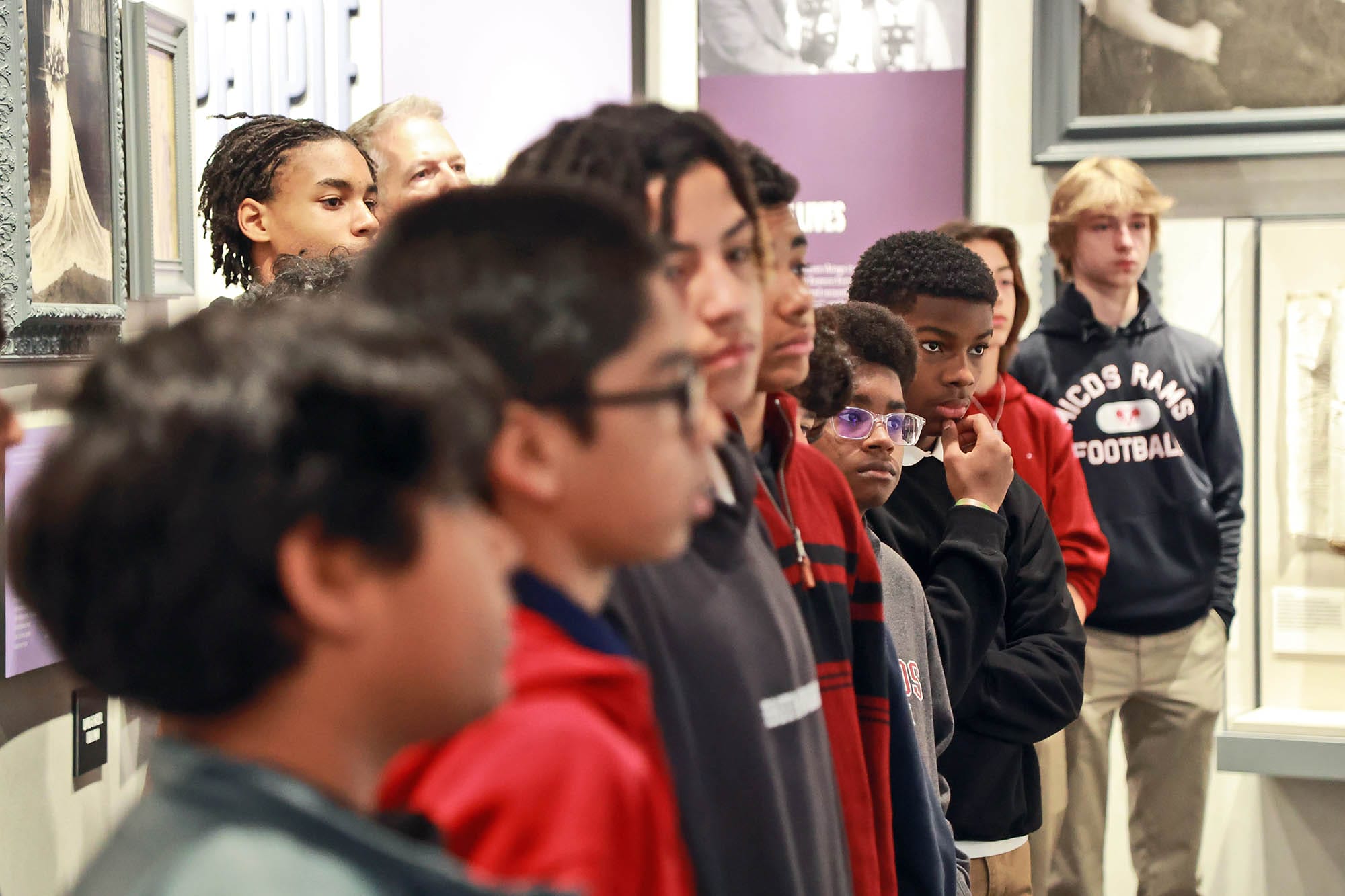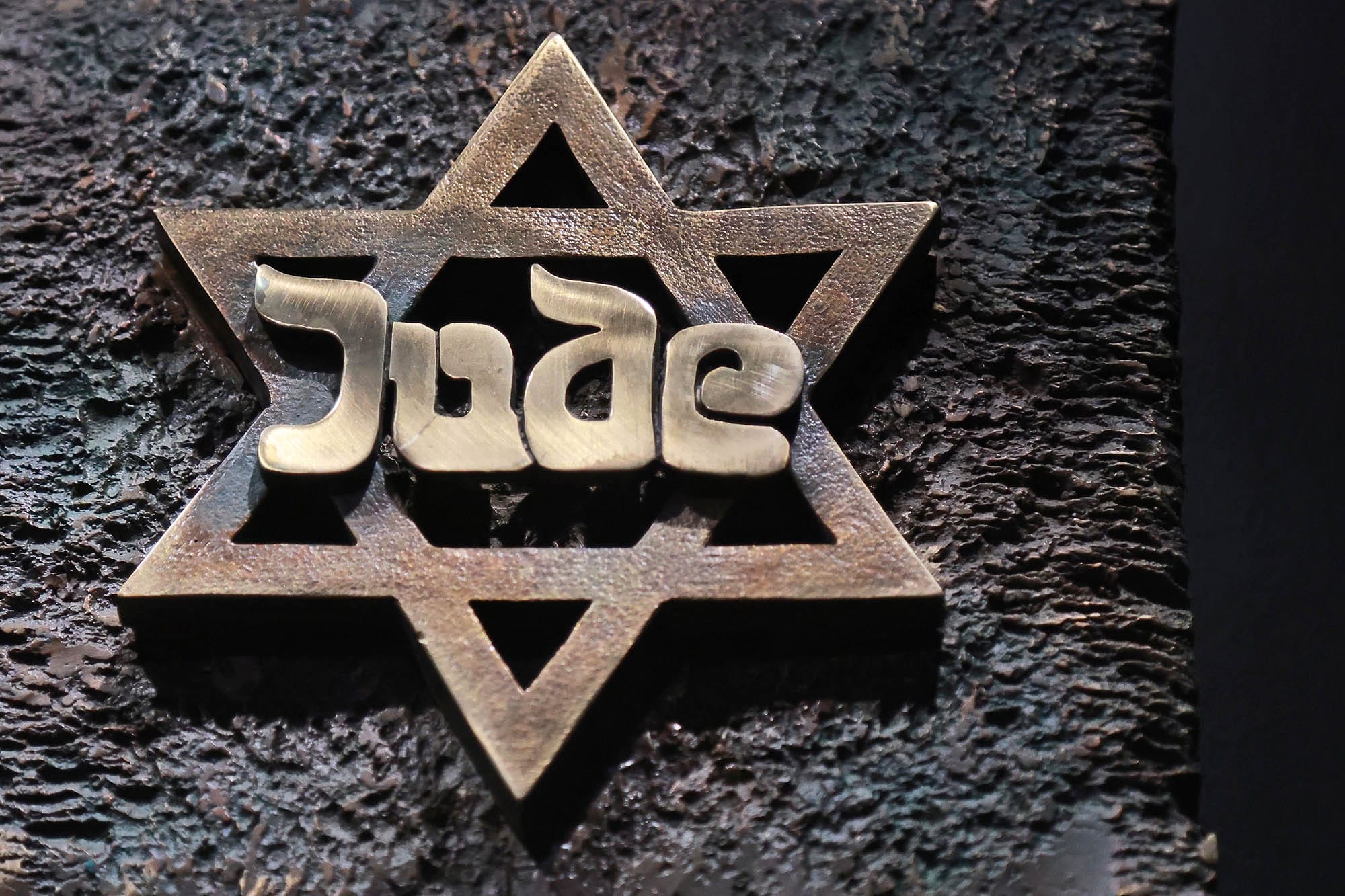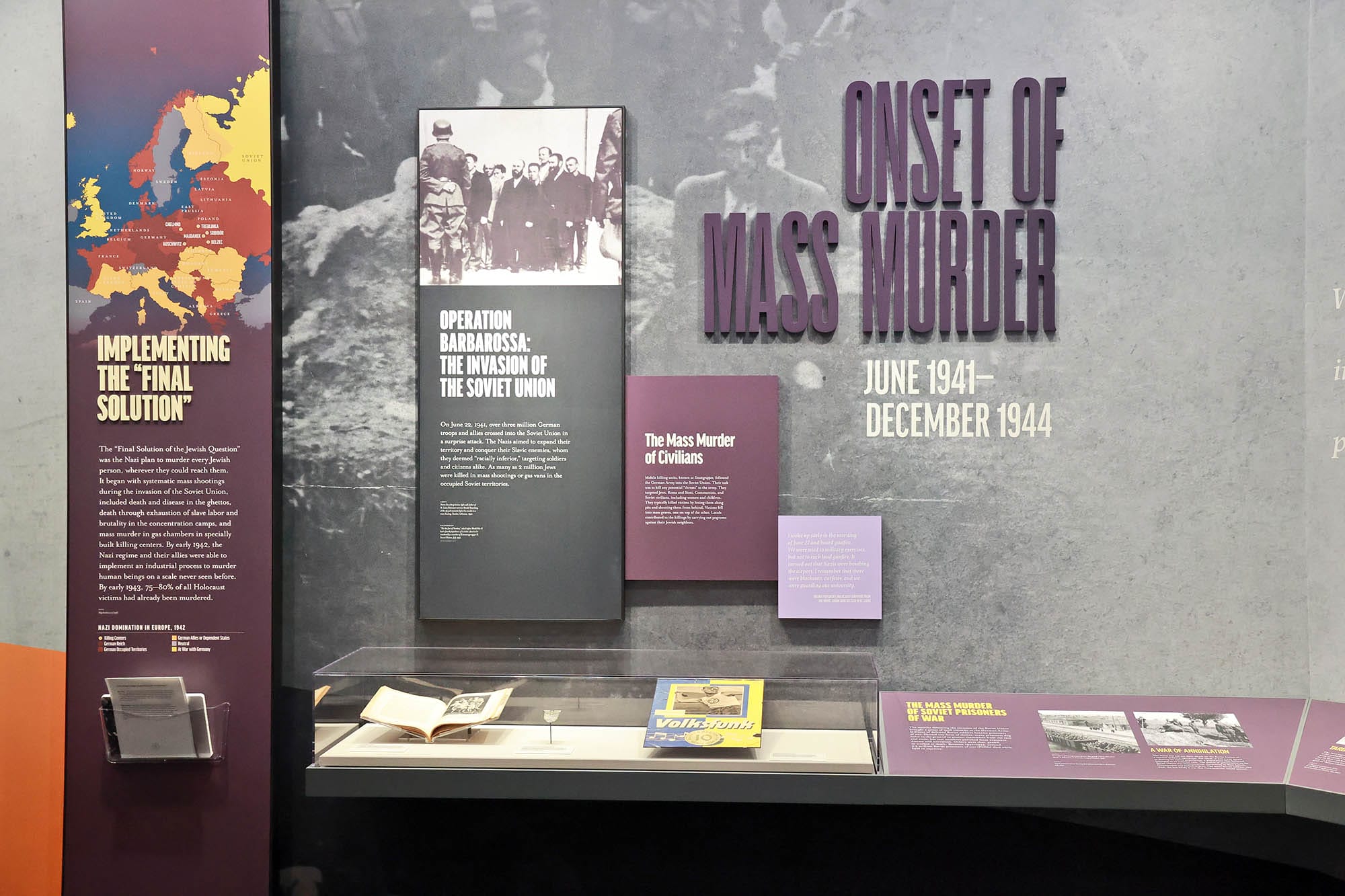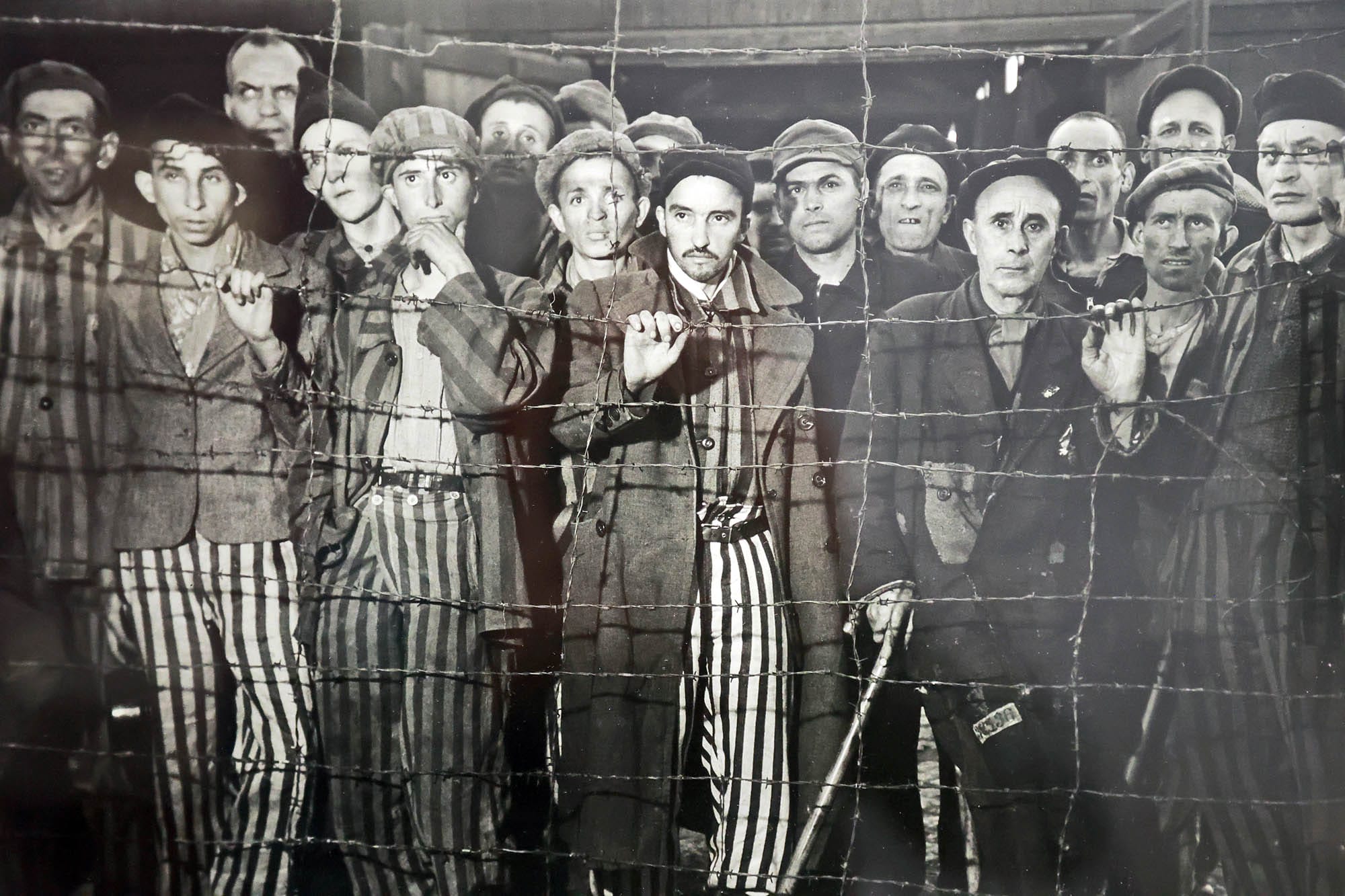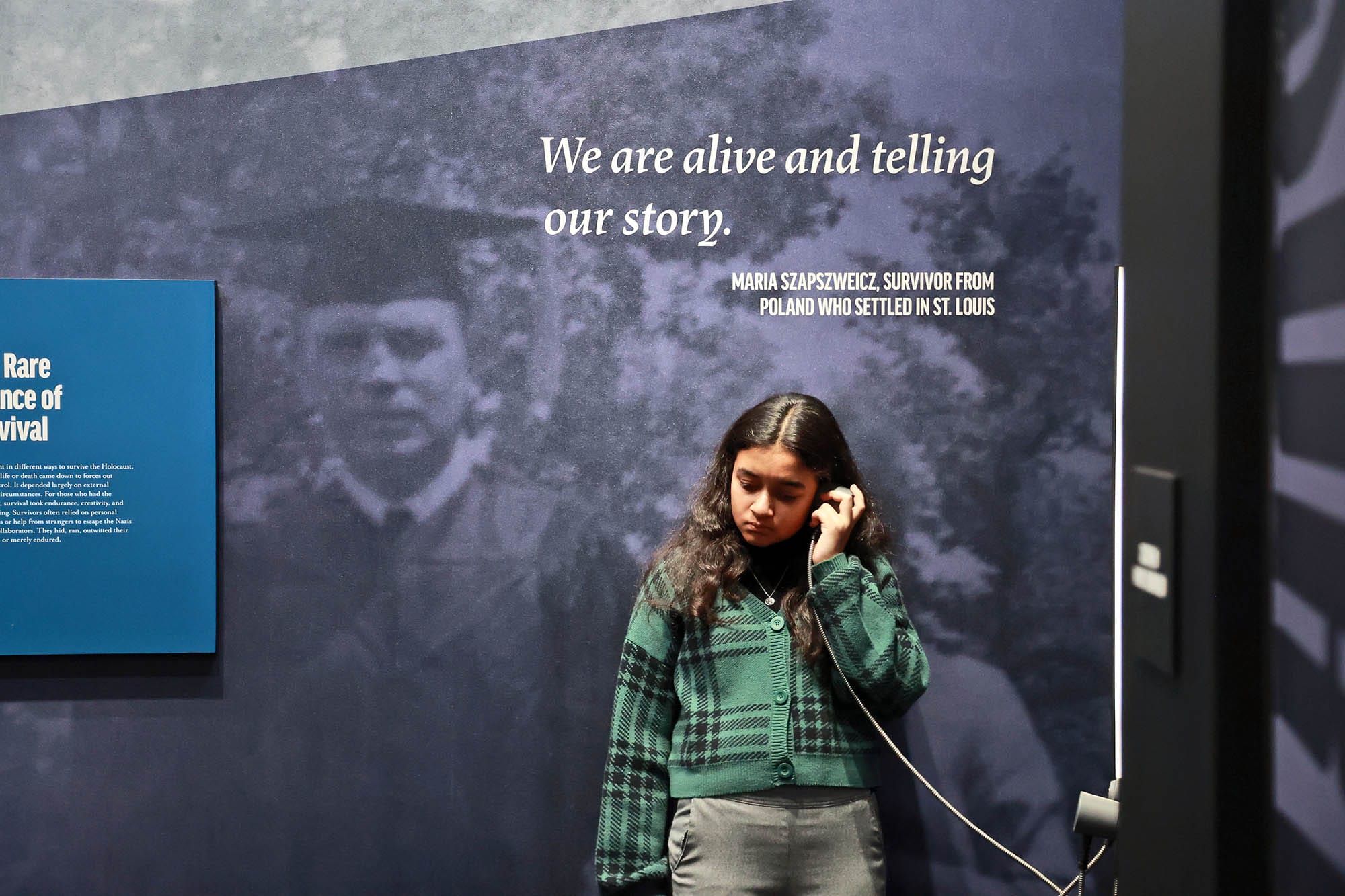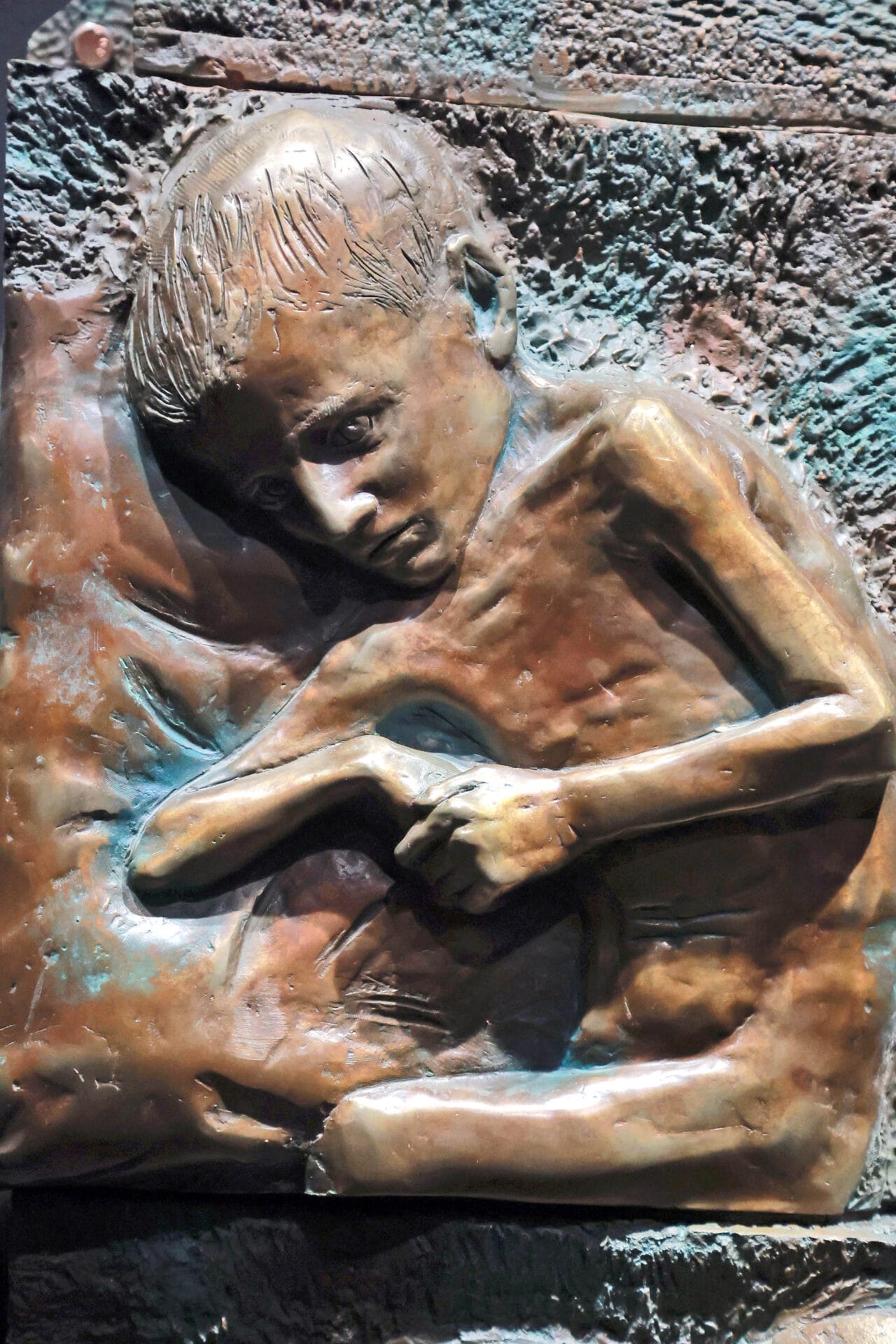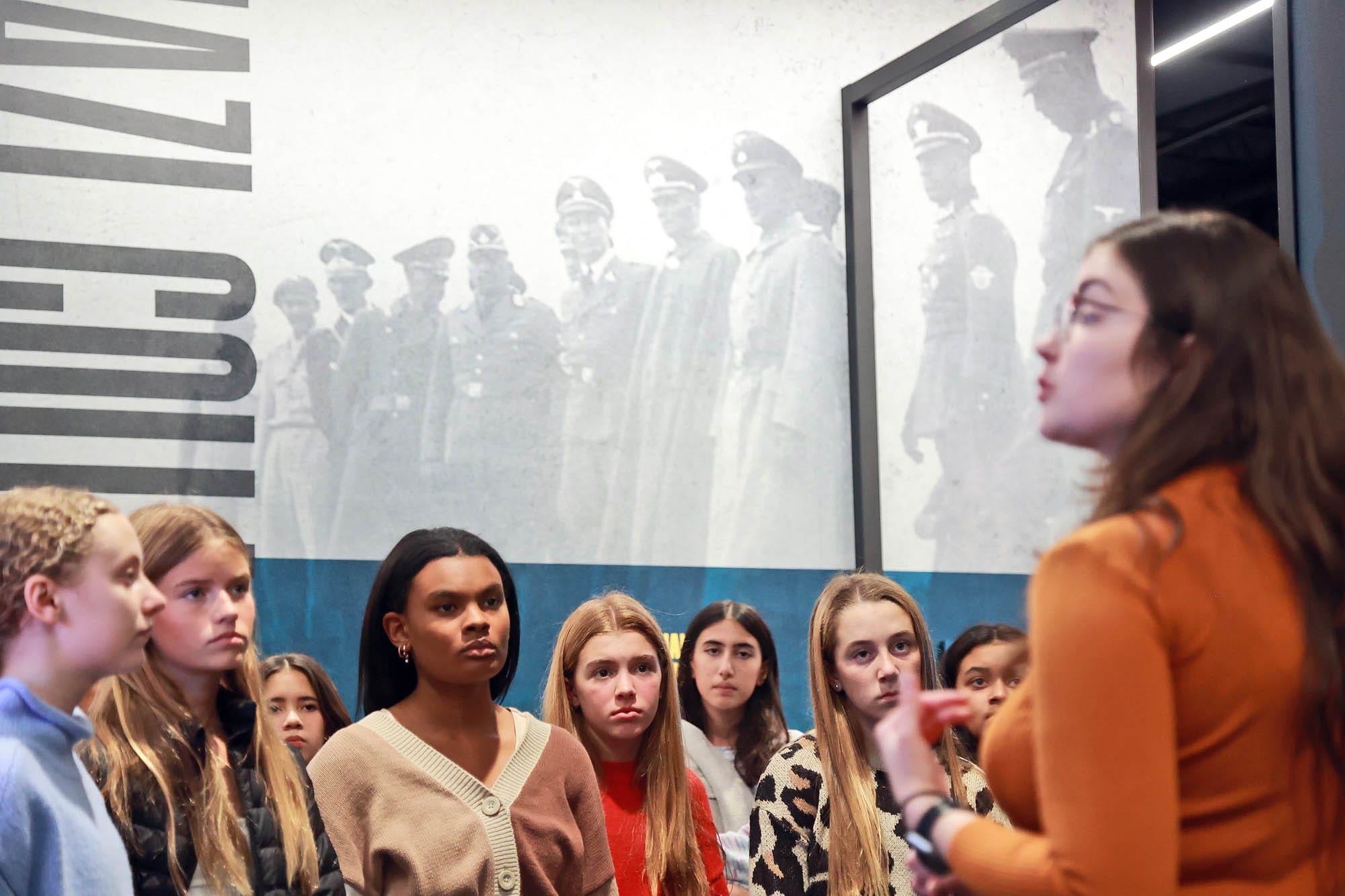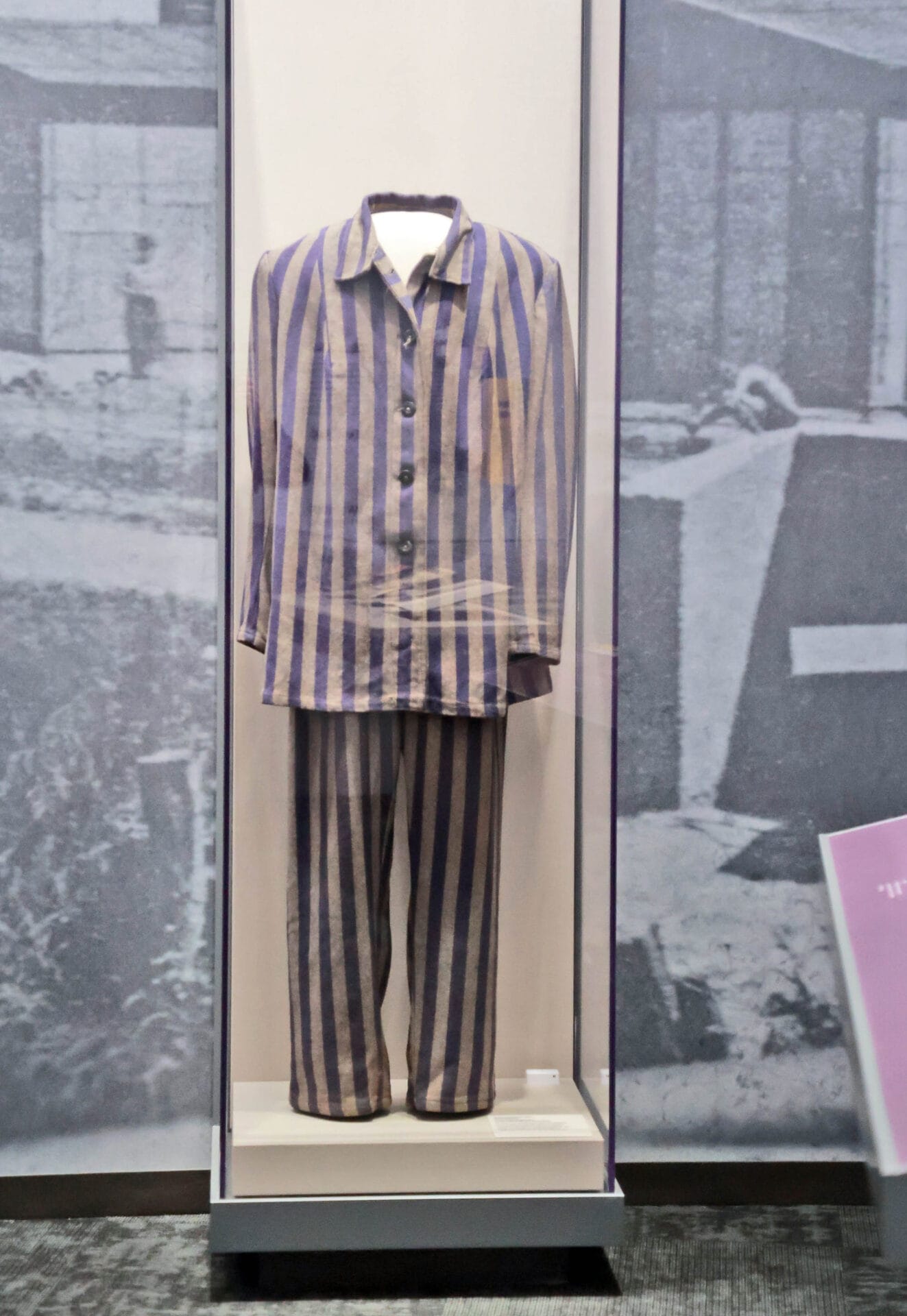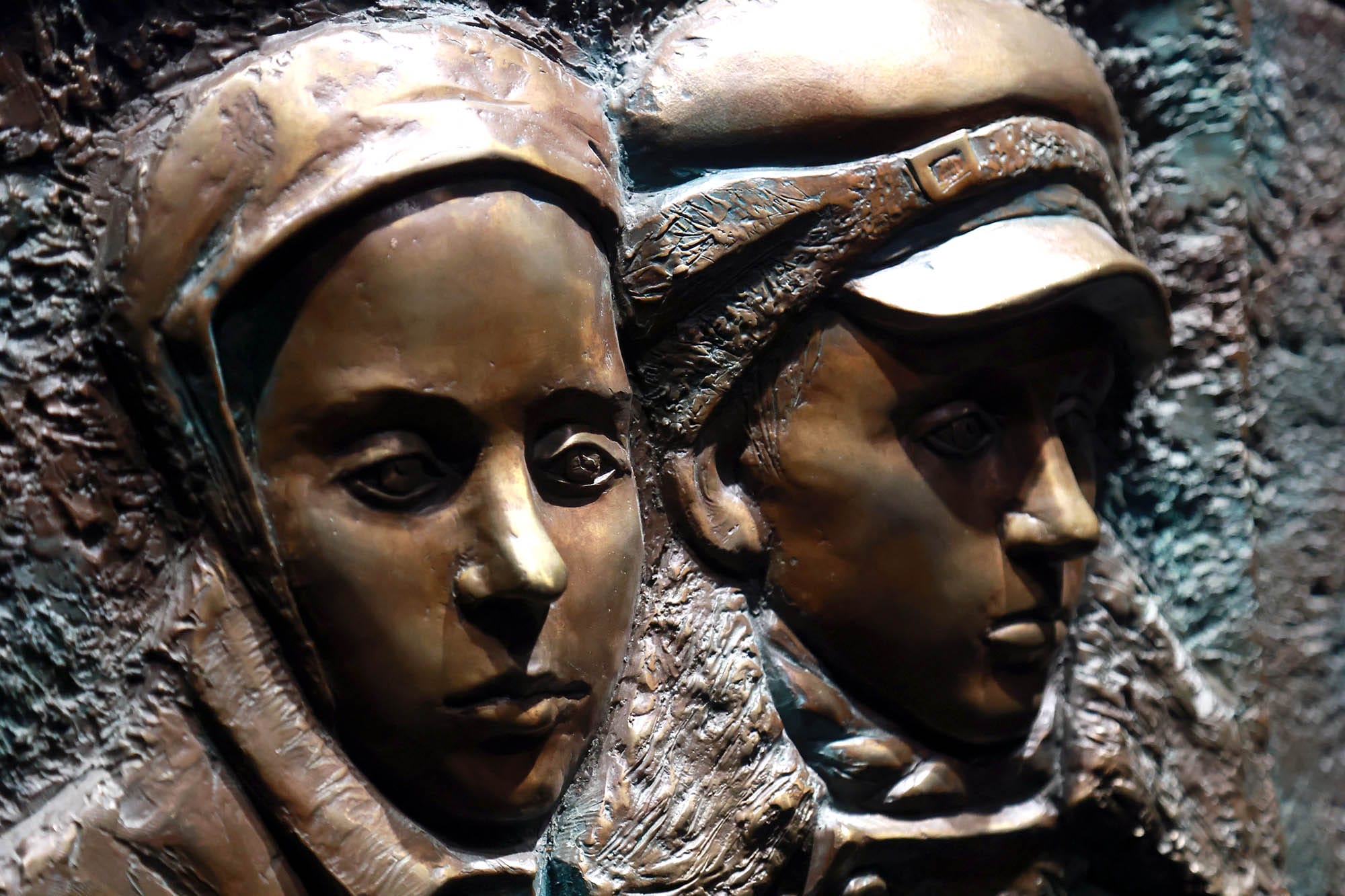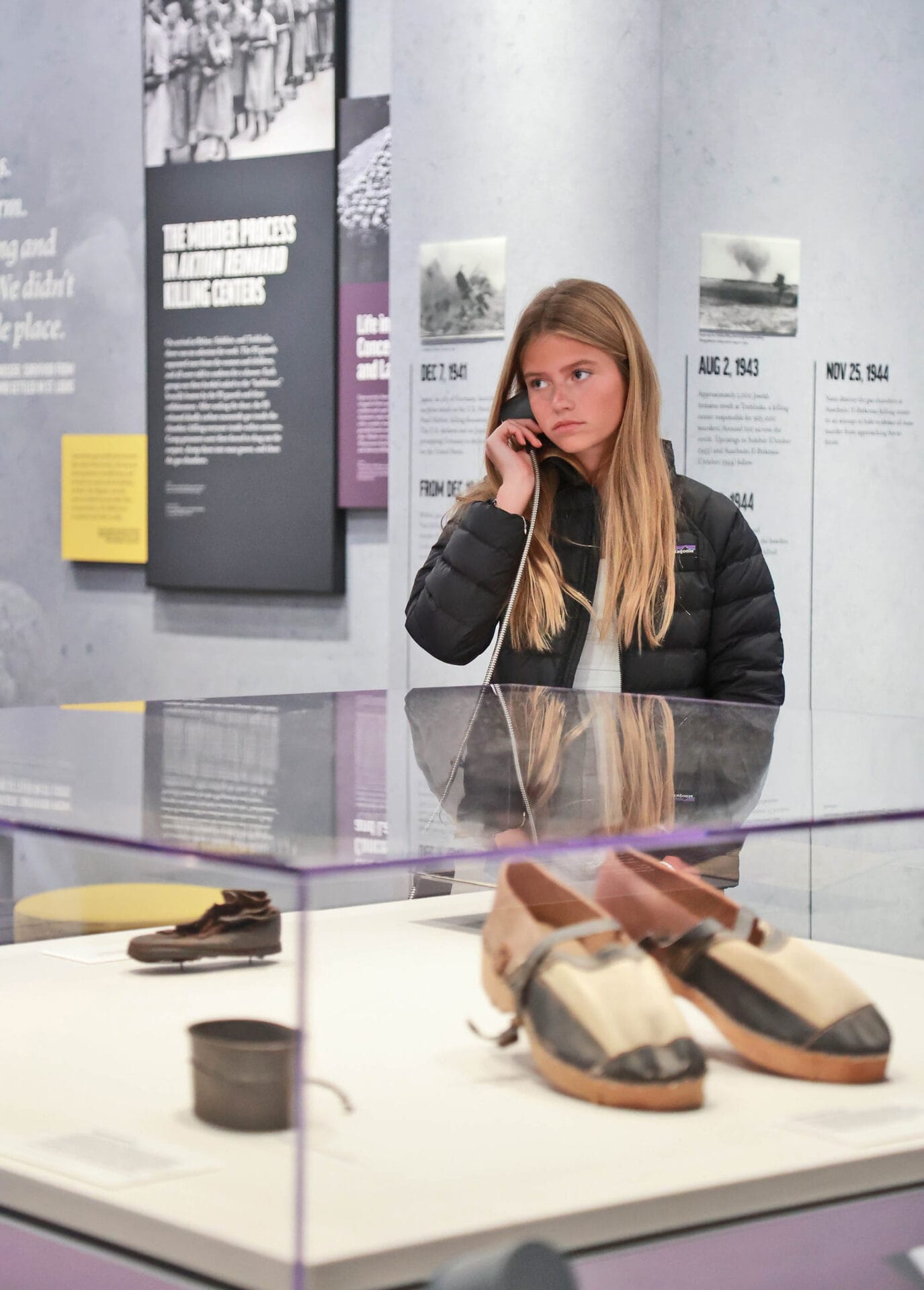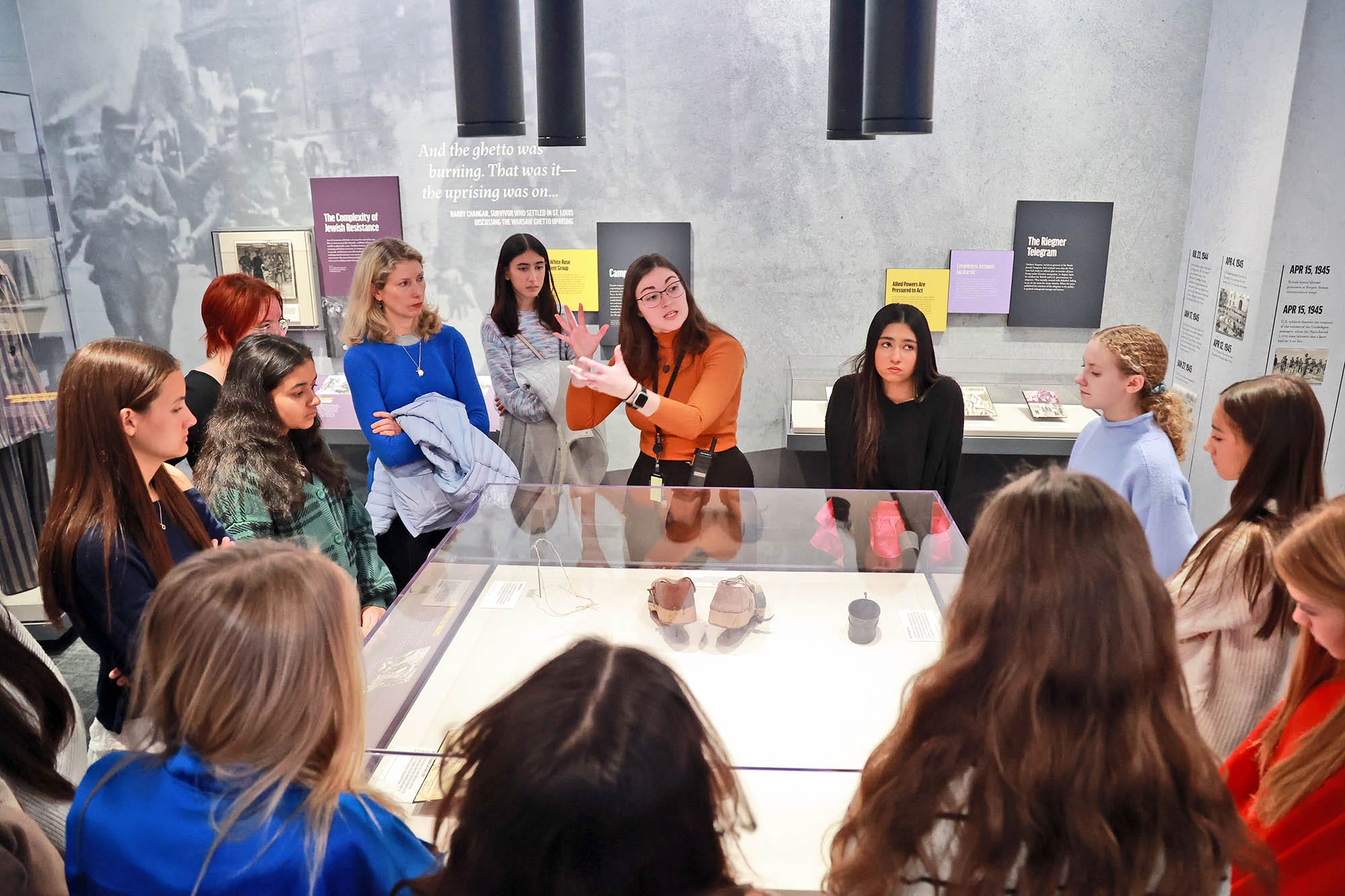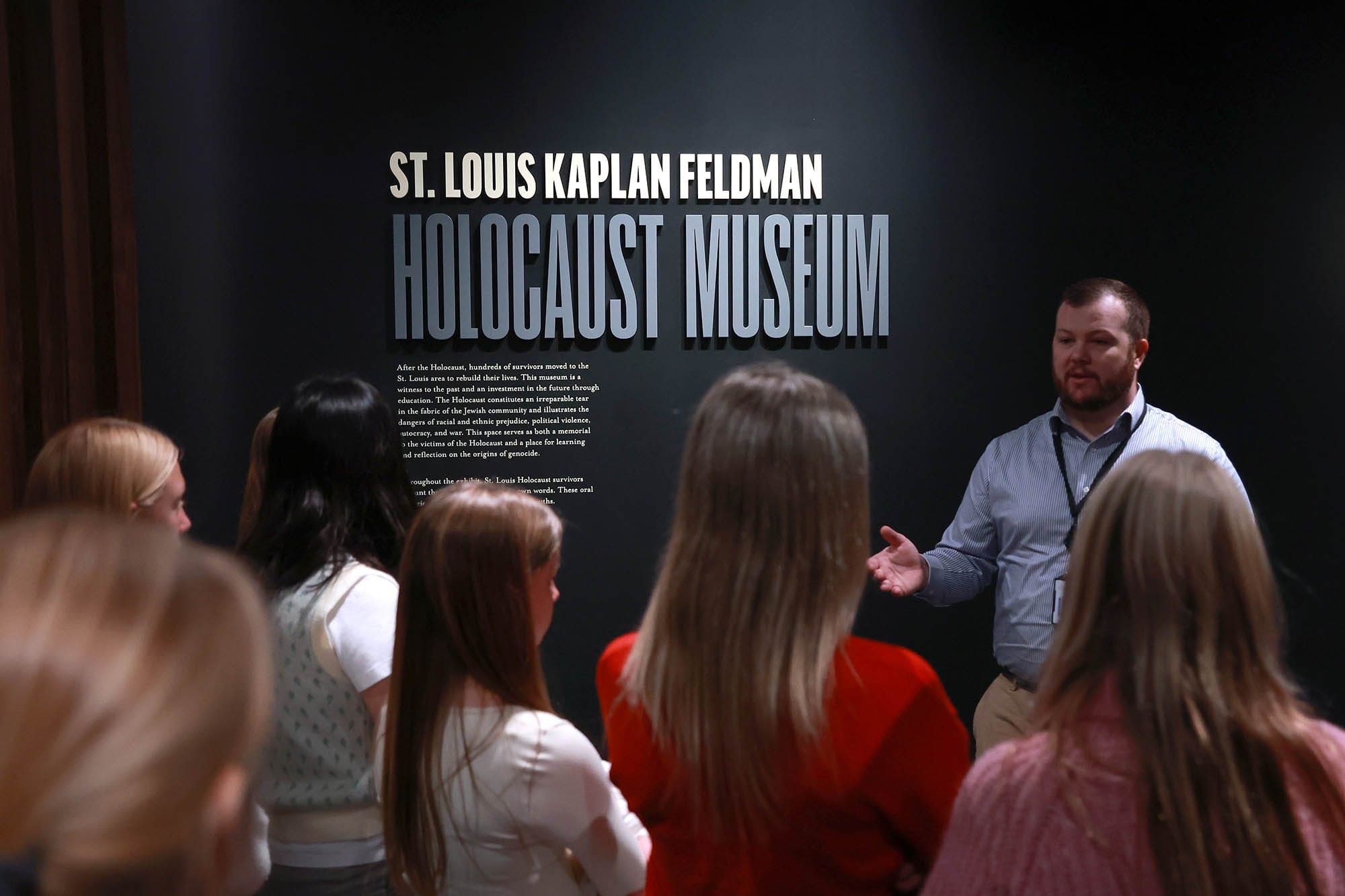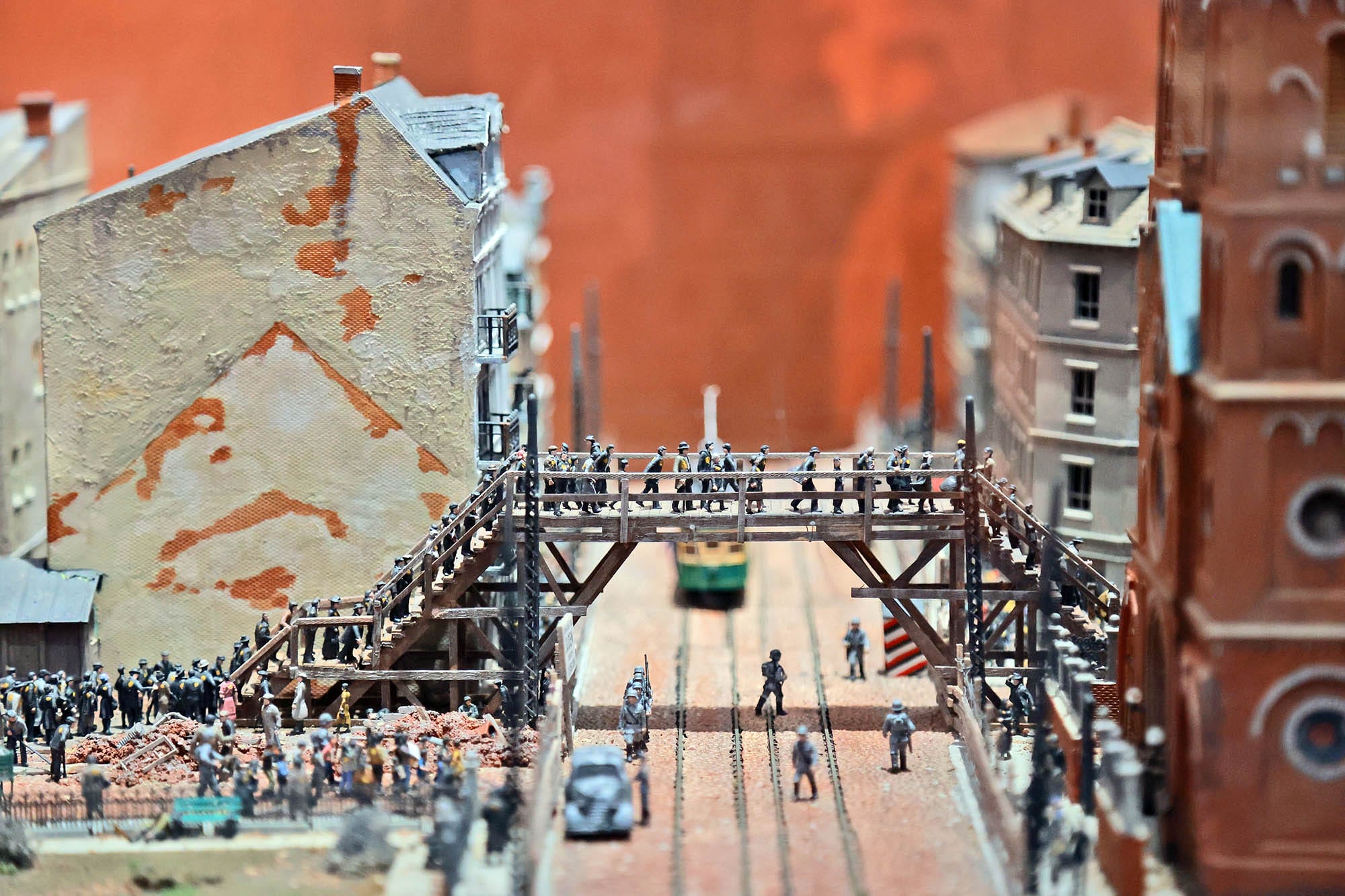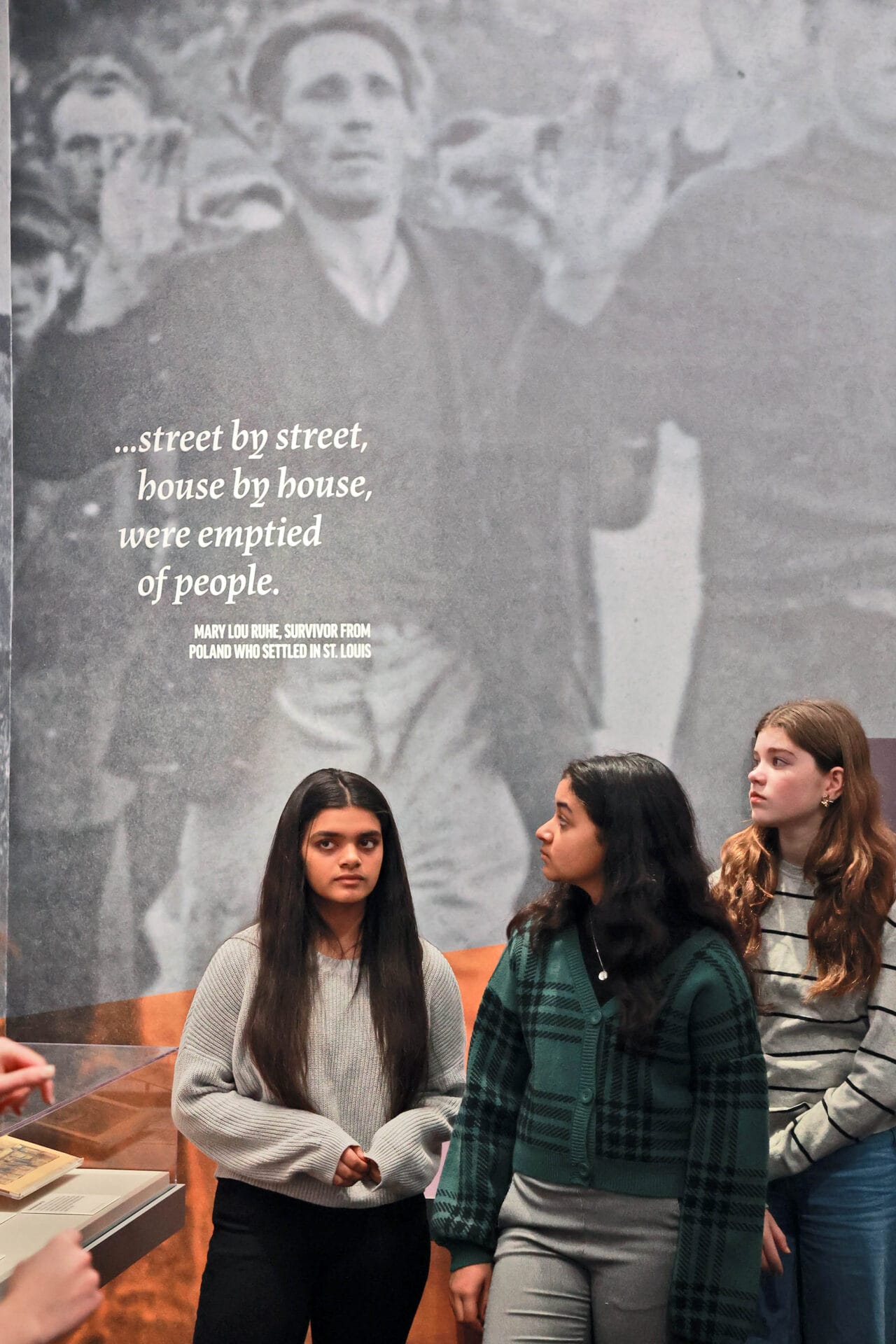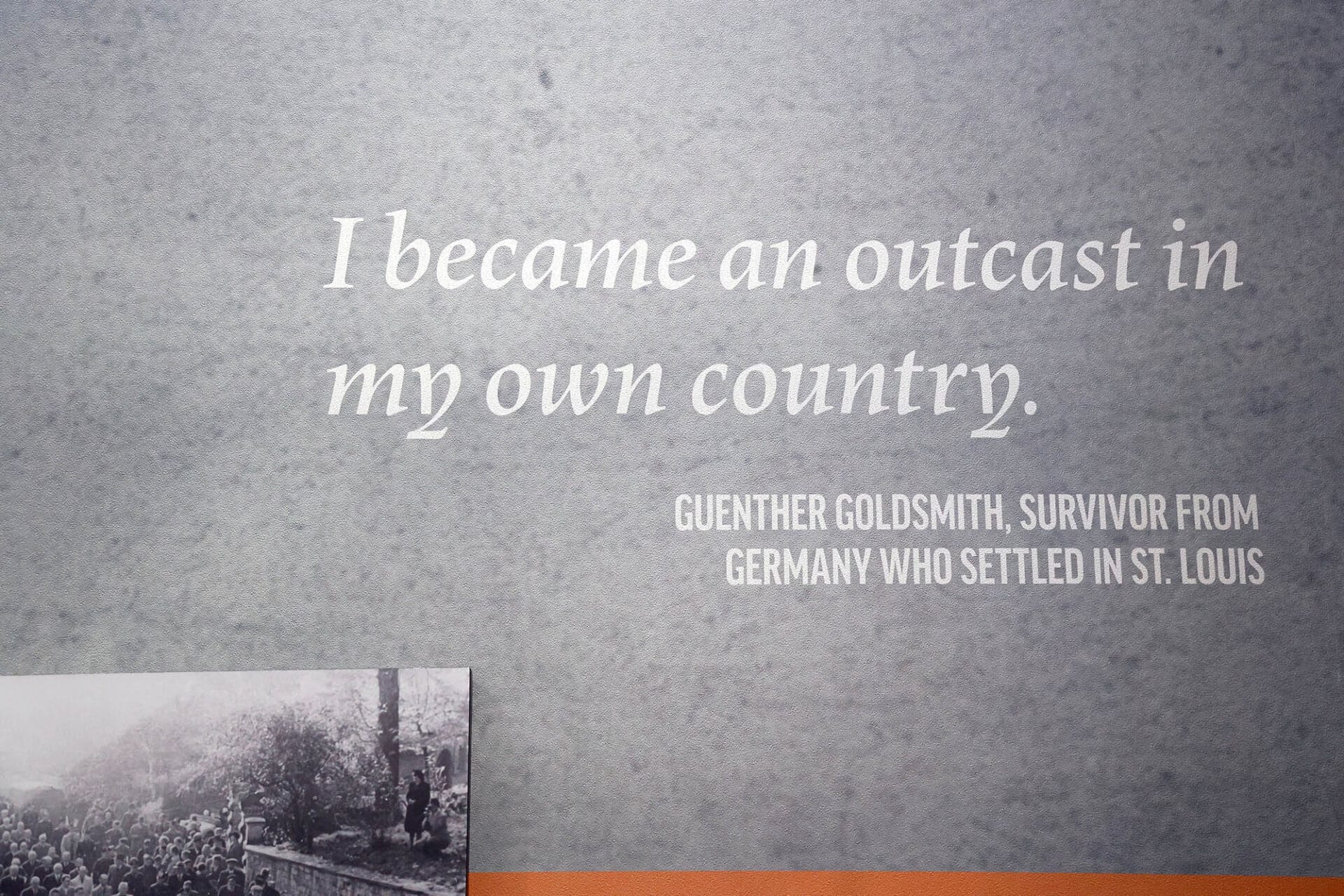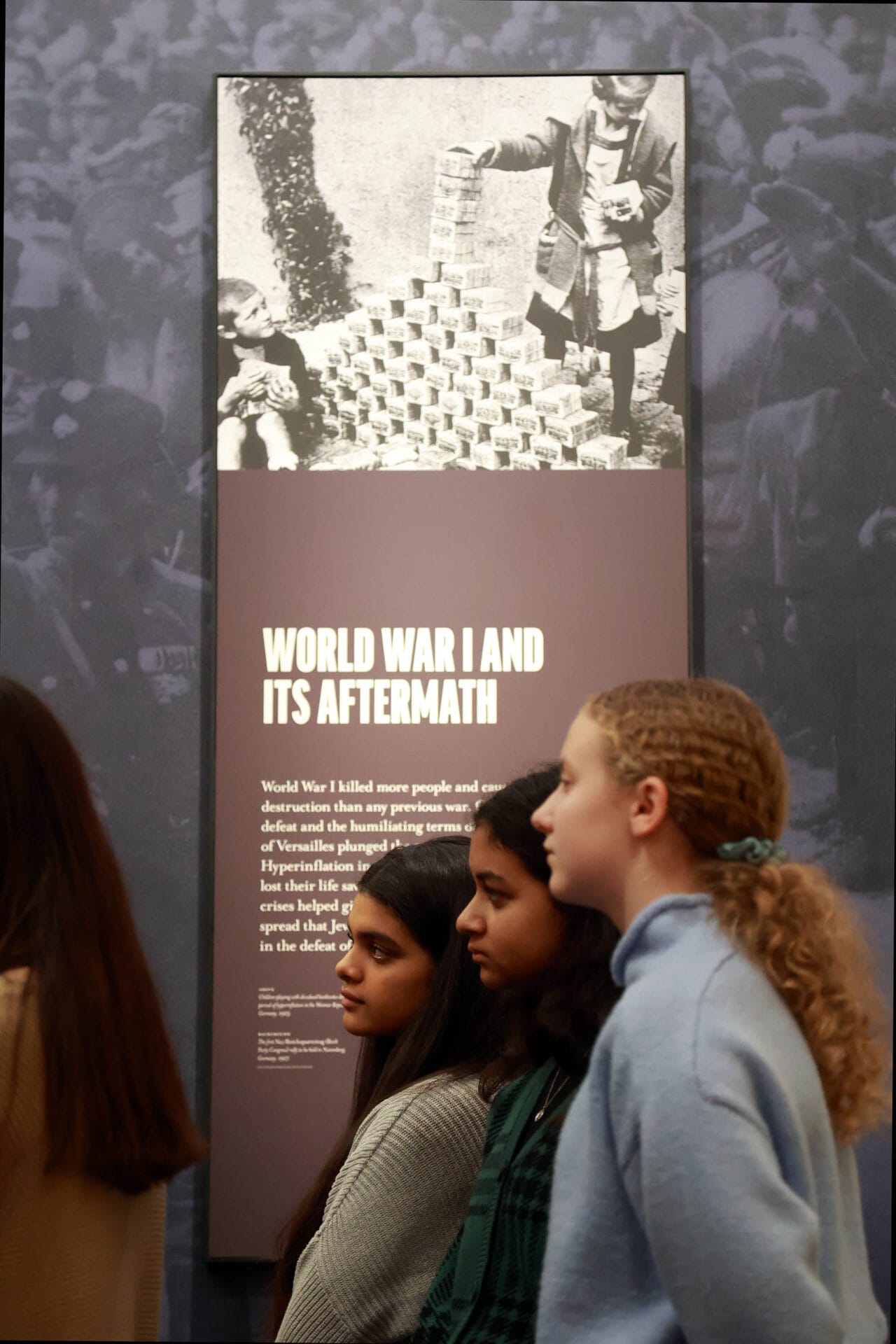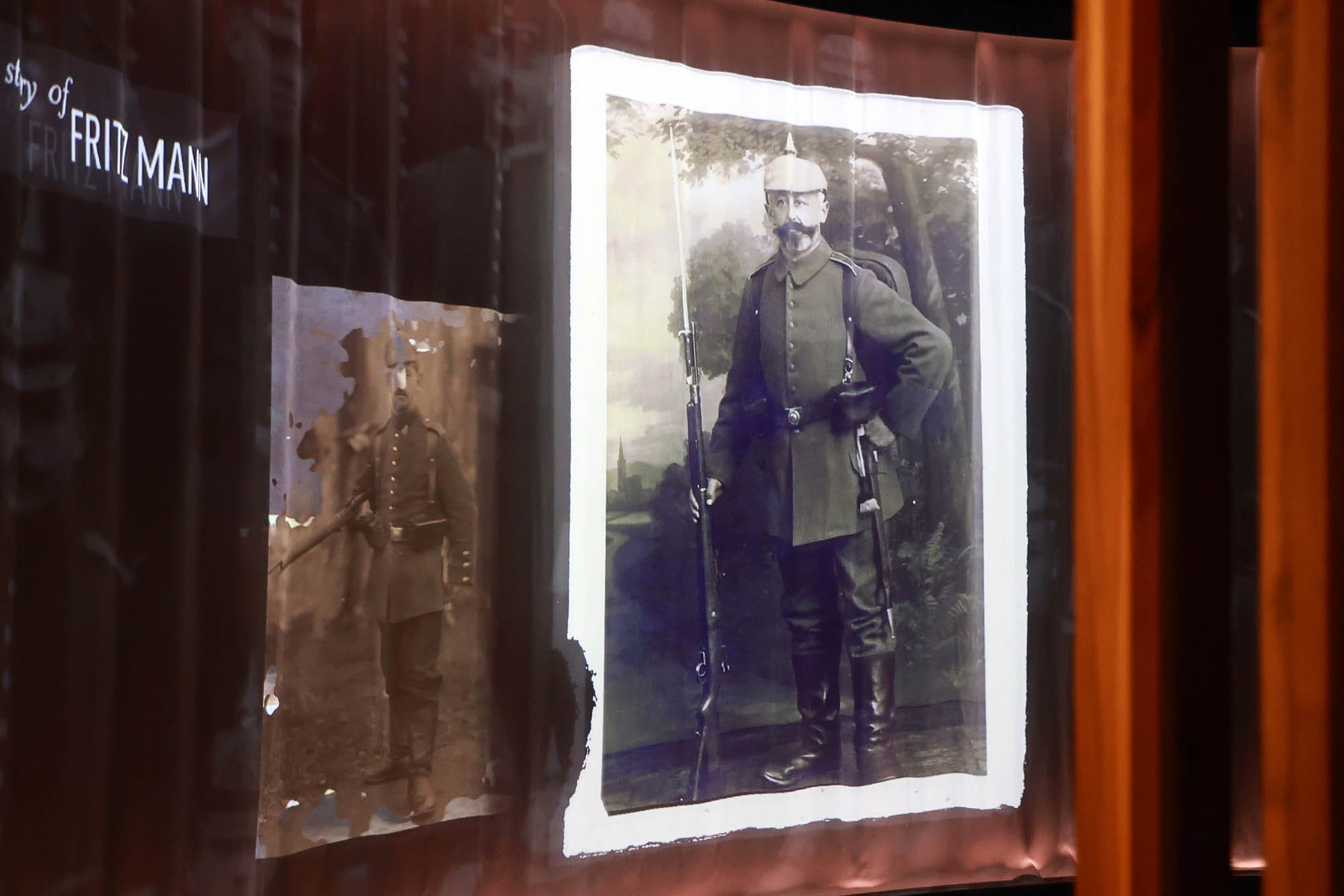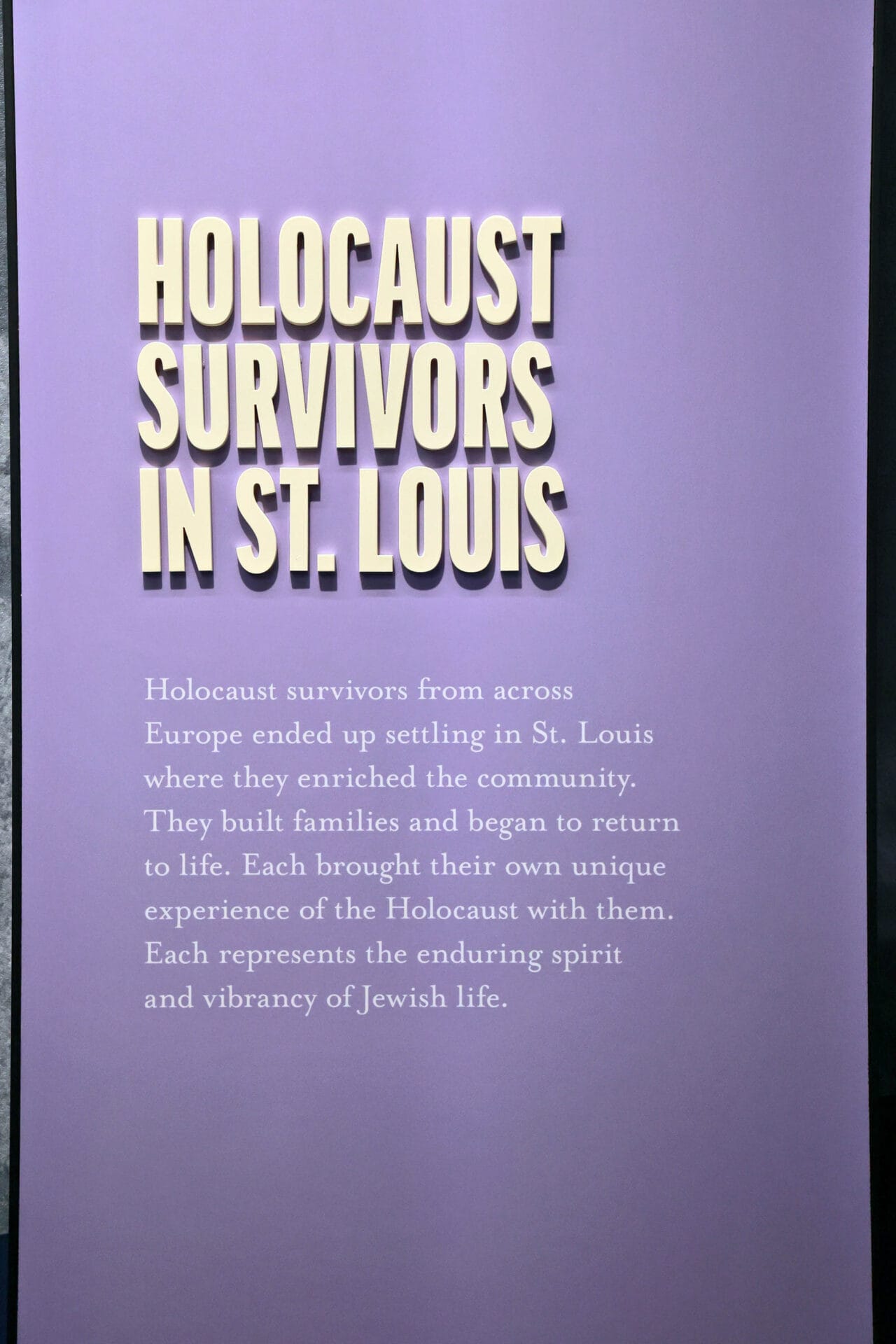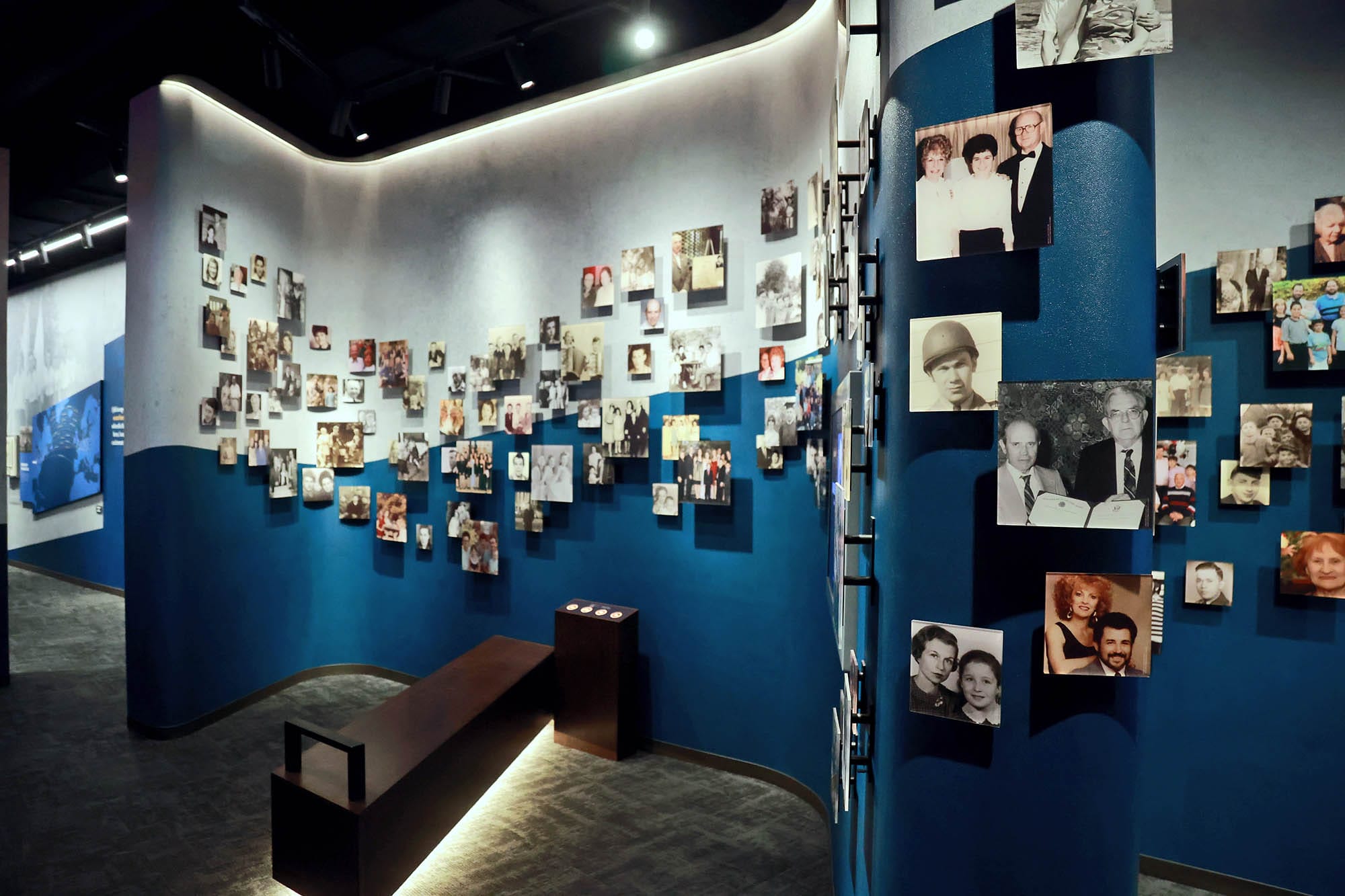“We read these books about the Holocaust, but seeing artifacts and images from it really makes you realize how horrific it was.” Reflections like this one from Lillian Ott ’28 were common among eighth graders after visiting the St. Louis Kaplan Feldman Holocaust Museum on Wednesday. Normally, this field trip is done for seventh graders to support their study of World War II, but because the new museum space near the intersection of Lindbergh Boulevard and Scheutz Road was still under construction last school year, the visit was scheduled for this year.
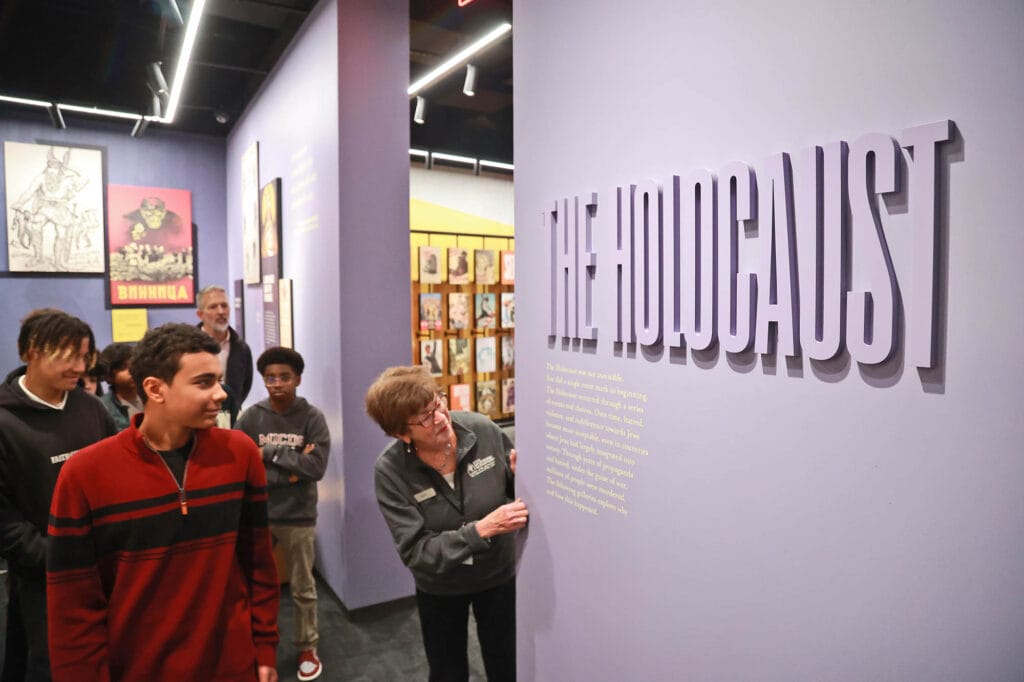
Students recently finished reading Elie Wiesel’s memoir, Night. “This seemed like an amazing opportunity to supplement their study of Holocaust narratives with a closer look at that history—particularly through a St. Louis lens,” said Dr. Nick Miller, Middle School English Teacher. “The trip was a great way to reinforce some of what we’ve learned and to help students make their essays [about the book] that much more impactful,” adds Scott Smith, Middle School English Teacher. Dr. Miller echoes that point, underscoring the trip’s impact saying, “It is one thing to hear a number like ‘six million dead,’ but it is another to see piles of children’s shoes or hear the angry voices at a political rally.”
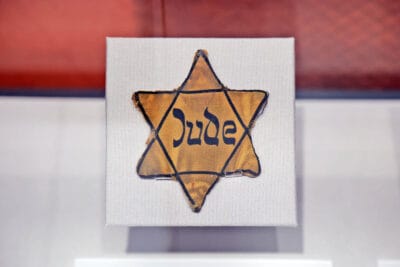
As students were prepared for the museum visit, they were asked to reflect on several narratives including South African apartheid, anti-Asian sentiment in the United States, and the antisemitism preceding and during WWII. “Students were invited to think about how stereotypes are used to dehumanize others and to consider the impacts of apartheid, genocide, and other systems of oppression on the world,” Dr. Miller said. The museum’s exhibits illuminated the history and human stories of the Holocaust in ways students had not yet experienced. “Kids reacted predictably for the most part; they found it incredibly sad but also really informative,” says Mr. Smith. “A lot of the stuff we had already gone over in class,” said Paolo Giaimo-Ochoa ’28, remarking about some familiar material he saw at the museum, but adding that he was surprised to learn that “there were a lot of people killed in the Holocaust who weren’t Jewish.” Students gleaned important information and context about the Holocaust and its aftermath from the trip. “It was very sad to hear about the horrific things that happened in the Holocaust,” said Victoria Noble ’28, then adding, “I learned that the Nazis were put on trial and faced the death penalty [at the Nuremberg trials that followed the war].»
Following the war, many survivors of the Holocaust ended up settling here. “I didn’t know that there were so many Holocaust survivors that came to St. Louis after [the war],” Giaimo-Ochoa said. Mr. Smith was pleased that students learned so much about local connections to survivors. “The staff did a great job helping kids realize that many people in St. Louis have a deep connection to the Holocaust, including Whitney Harris for whom the Harris Reading Room [on campus] is named.”
The lessons from the field trip extend into the classroom, where students incorporate their experience with their studies. “As we debriefed from the videos, speakers, and the visit itself, students regularly commented on how important it was to hear actual voices and to see visual evidence of the Holocaust,” said Dr. Miller. “It was cool to hear from the survivors,” said Noble about one girl in particular named Sophia, who was born a year after the war to parents who both survived the Holocaust. Like her classmates, Ott also found connections to the human stories of the Holocaust. “Before, it almost seemed unrealistic—even though we know it actually happened. It seemed hard to relate to, but knowing that people actually came to the museum to give these artifacts and give these stories made it seem more real,” she said. ”I learned a lot of stories about people I didn’t know about beforehand.”
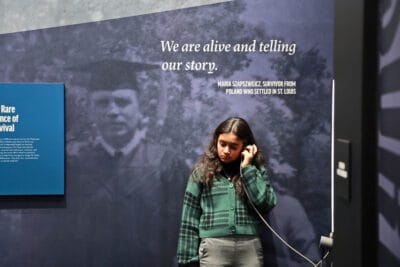
“While the details of these stories are often sad and heavy, the students were incredibly respectful of their importance and were quick to mention how valuable they found the experience,” said Dr. Miller. Students took lessons from the Holocaust museum and applied them to their school experience. Do the right thing because it’s the right thing to do and Be an upstander, not a bystander are the two most common refrains in the Middle School. Students were quick to dovetail the lessons of the field trip with those mantras. “I was impressed,” Dr. Miller noticed, “by how many of them were able to see this moment as more than a historical tragedy, but also as a series of stories that can motivate teenagers in the 21st century to be better versions of themselves and more thoughtful about the world they inhabit.”
